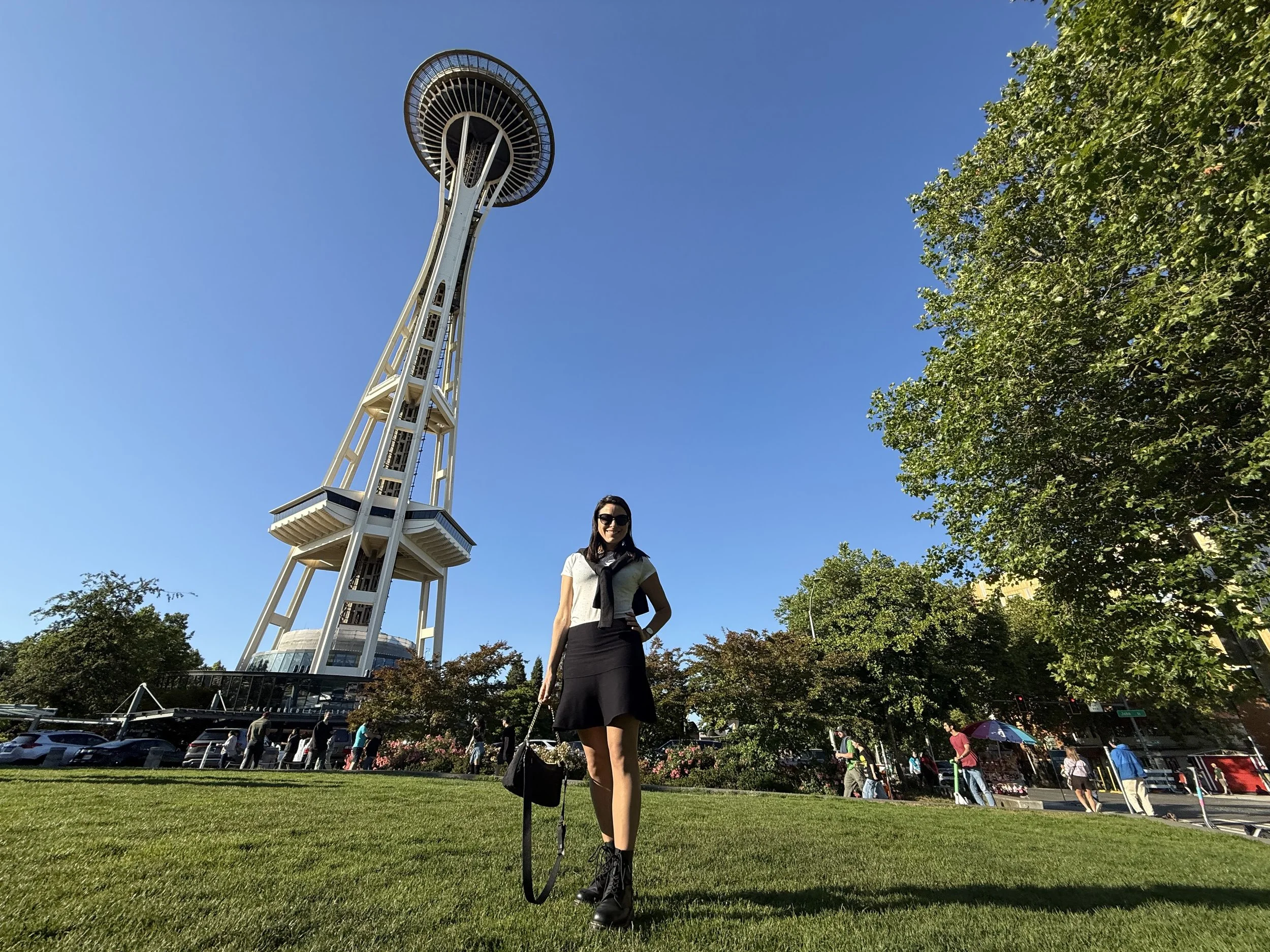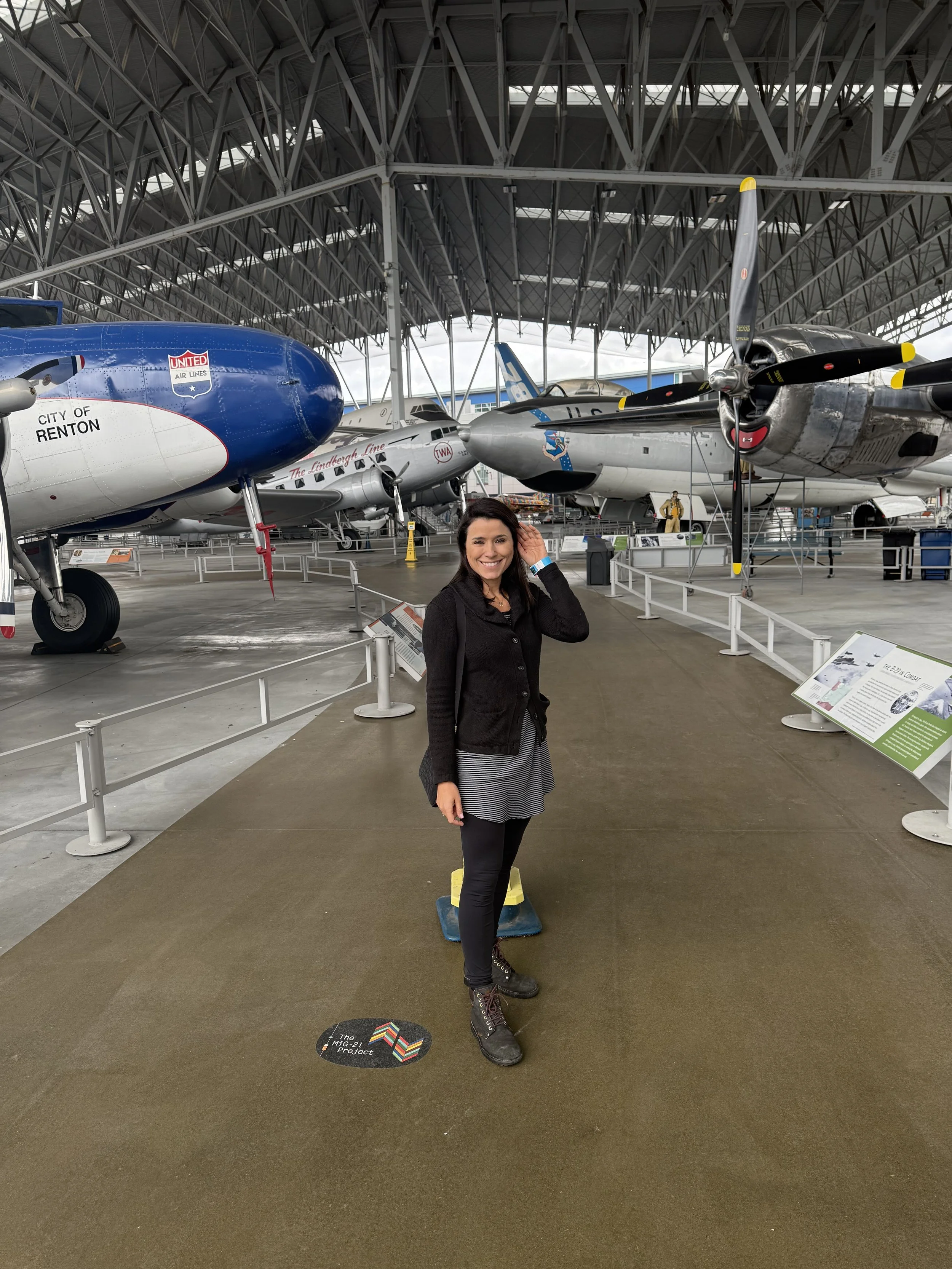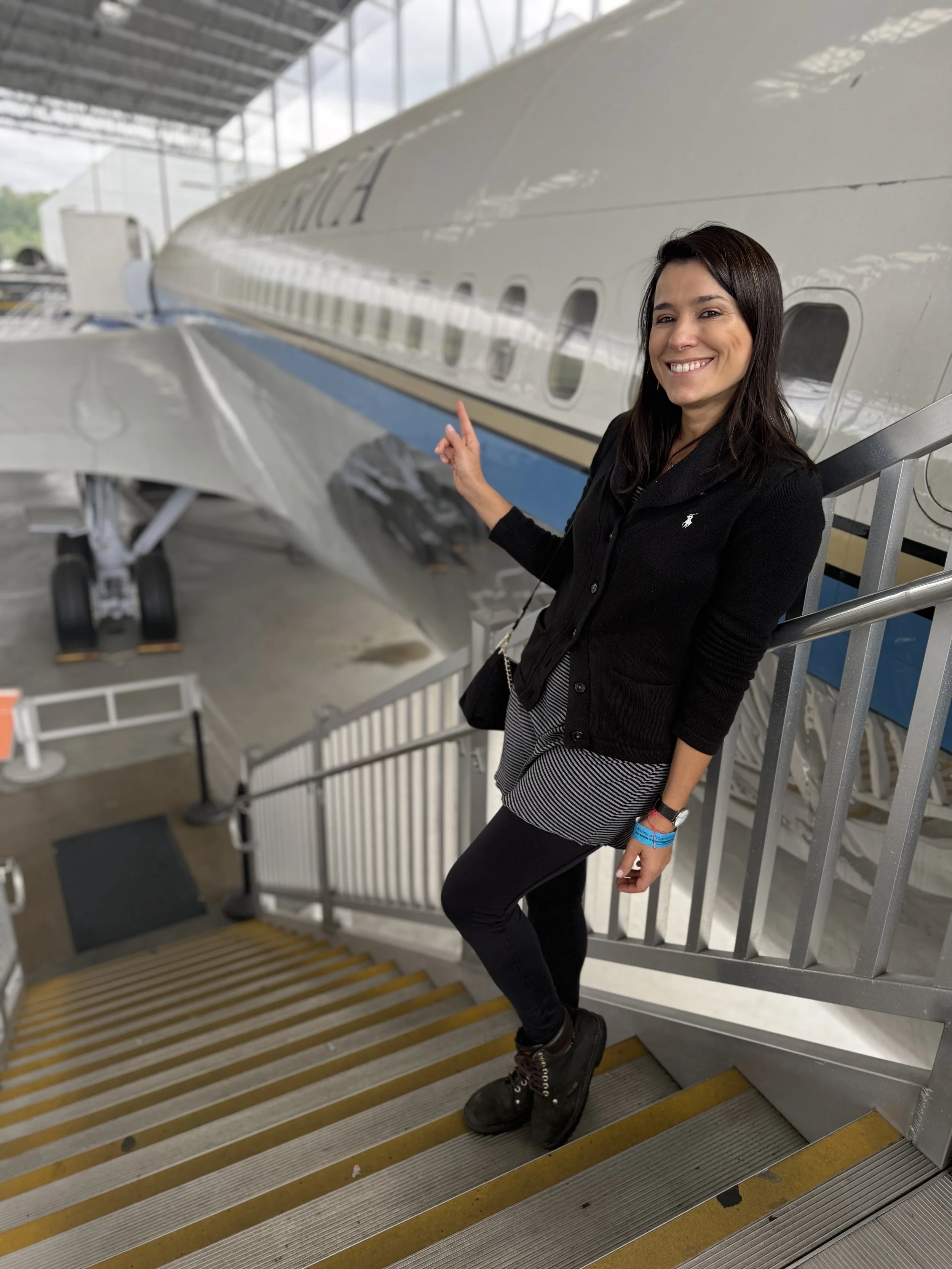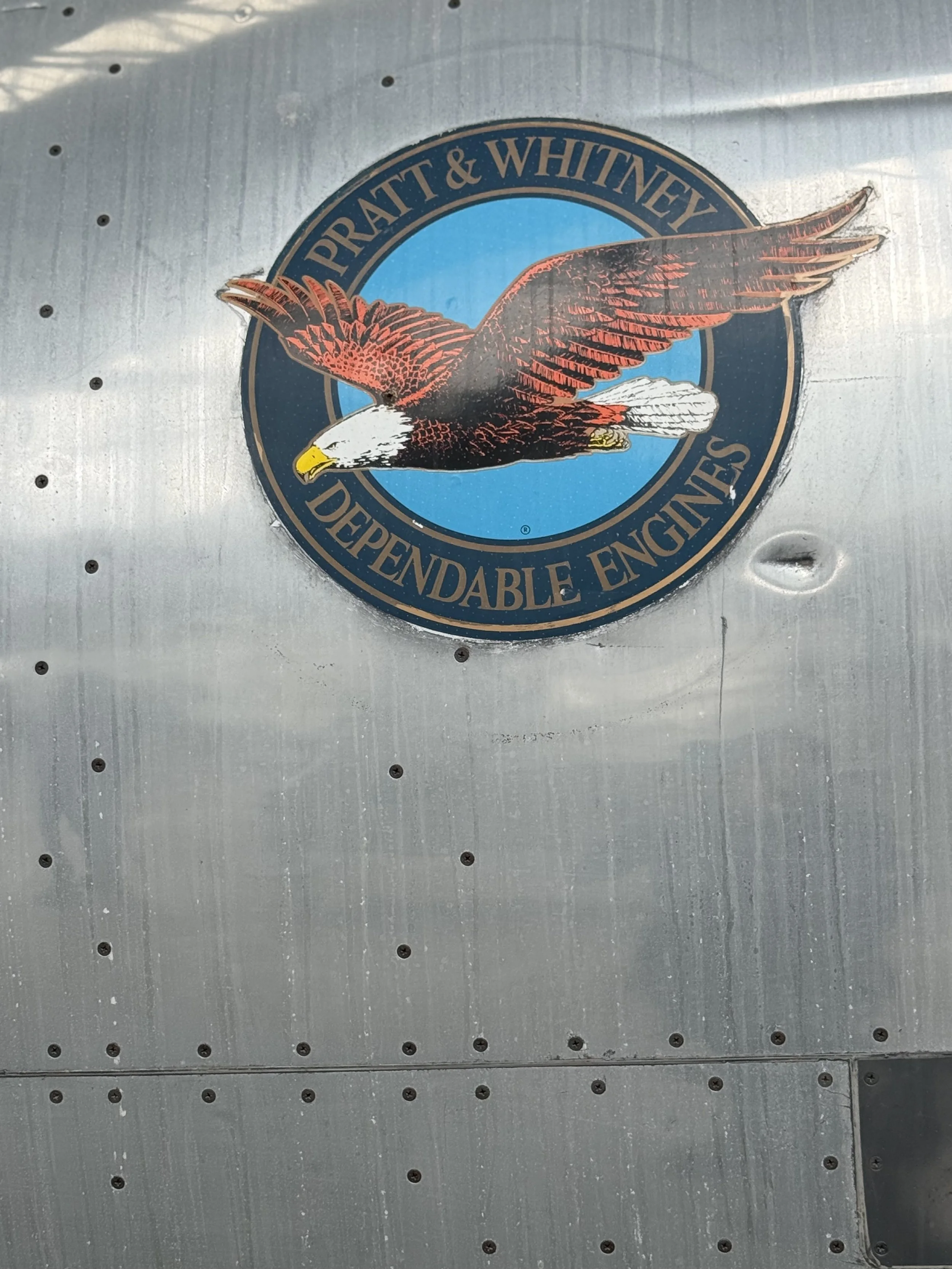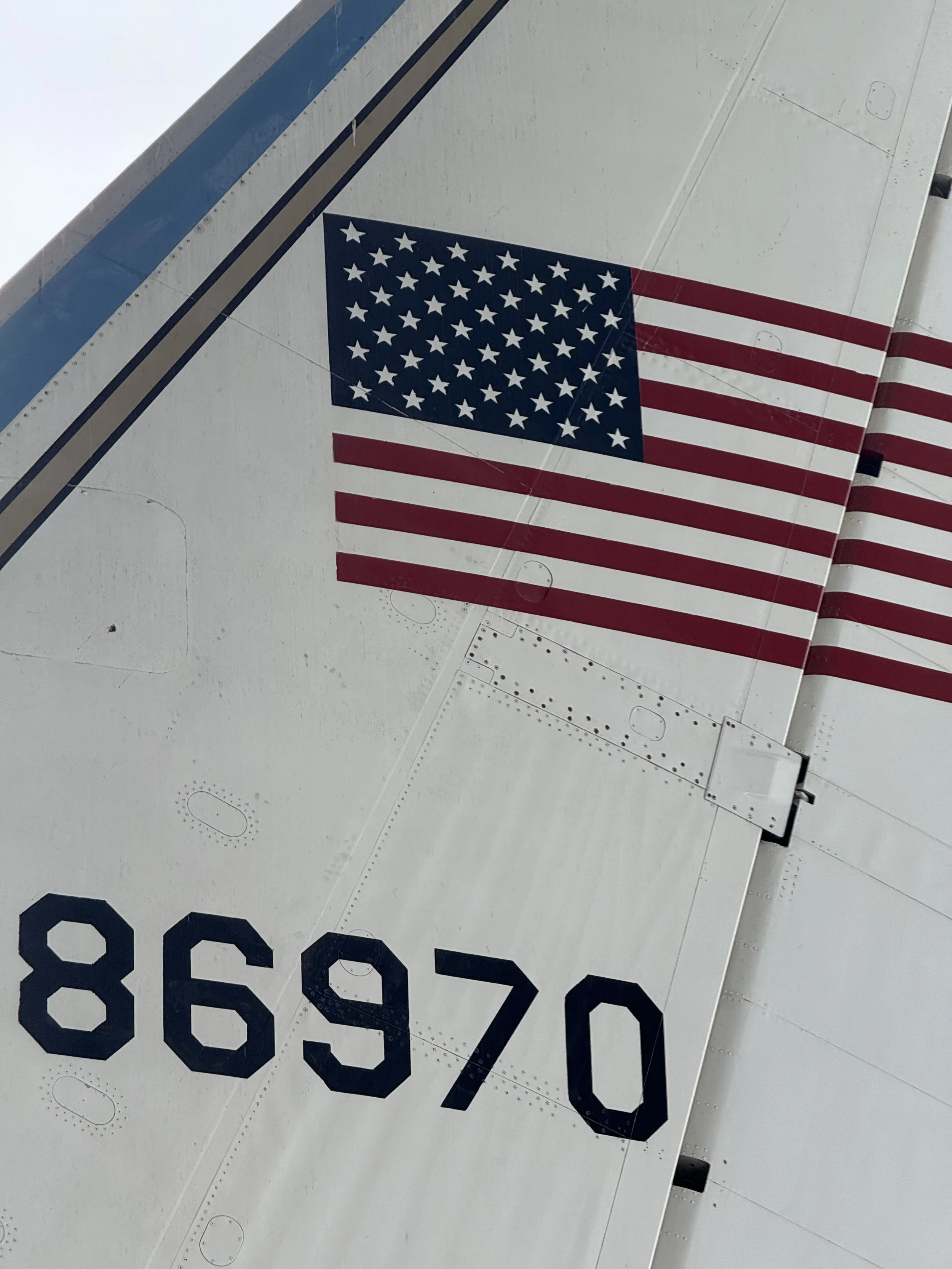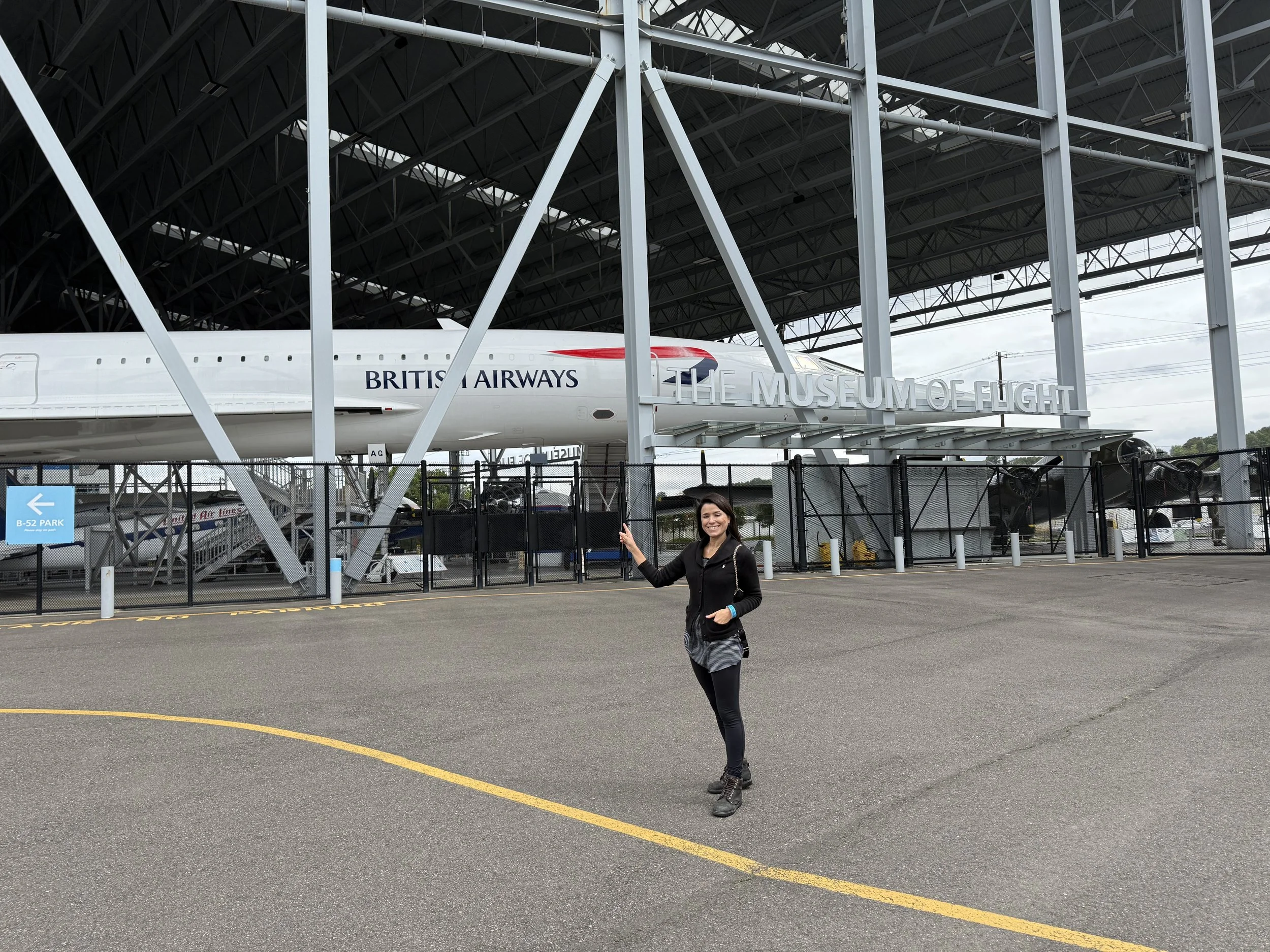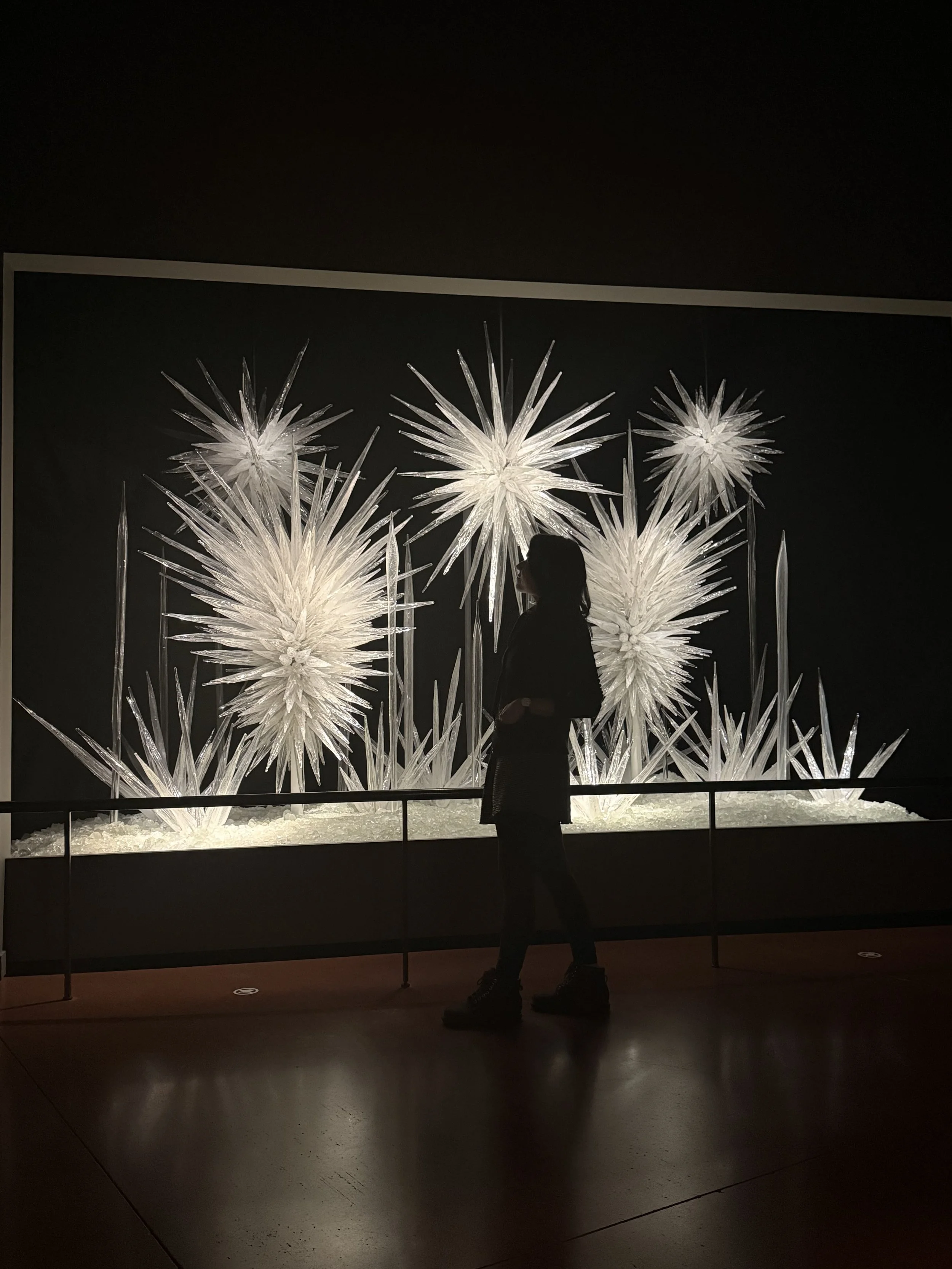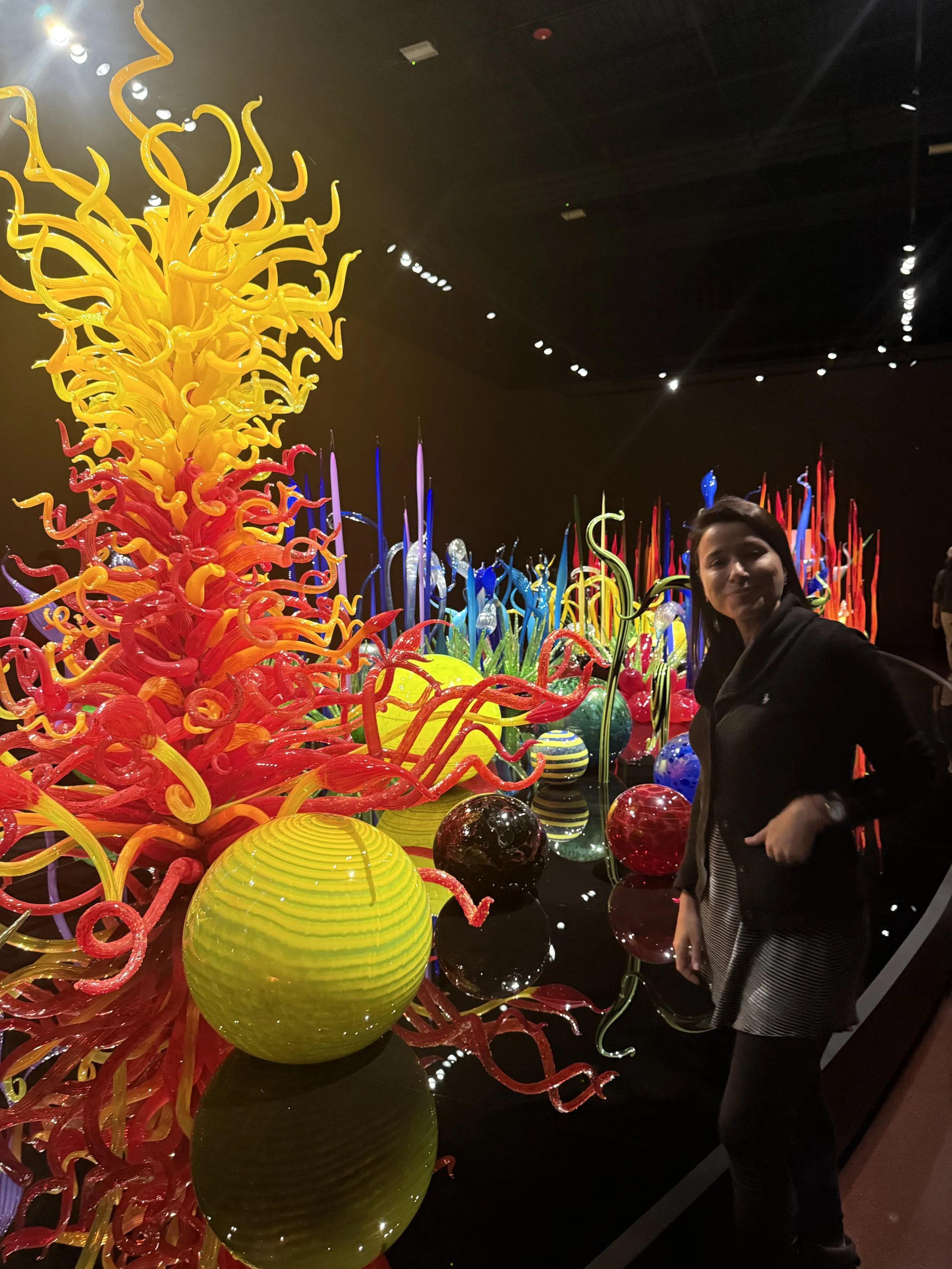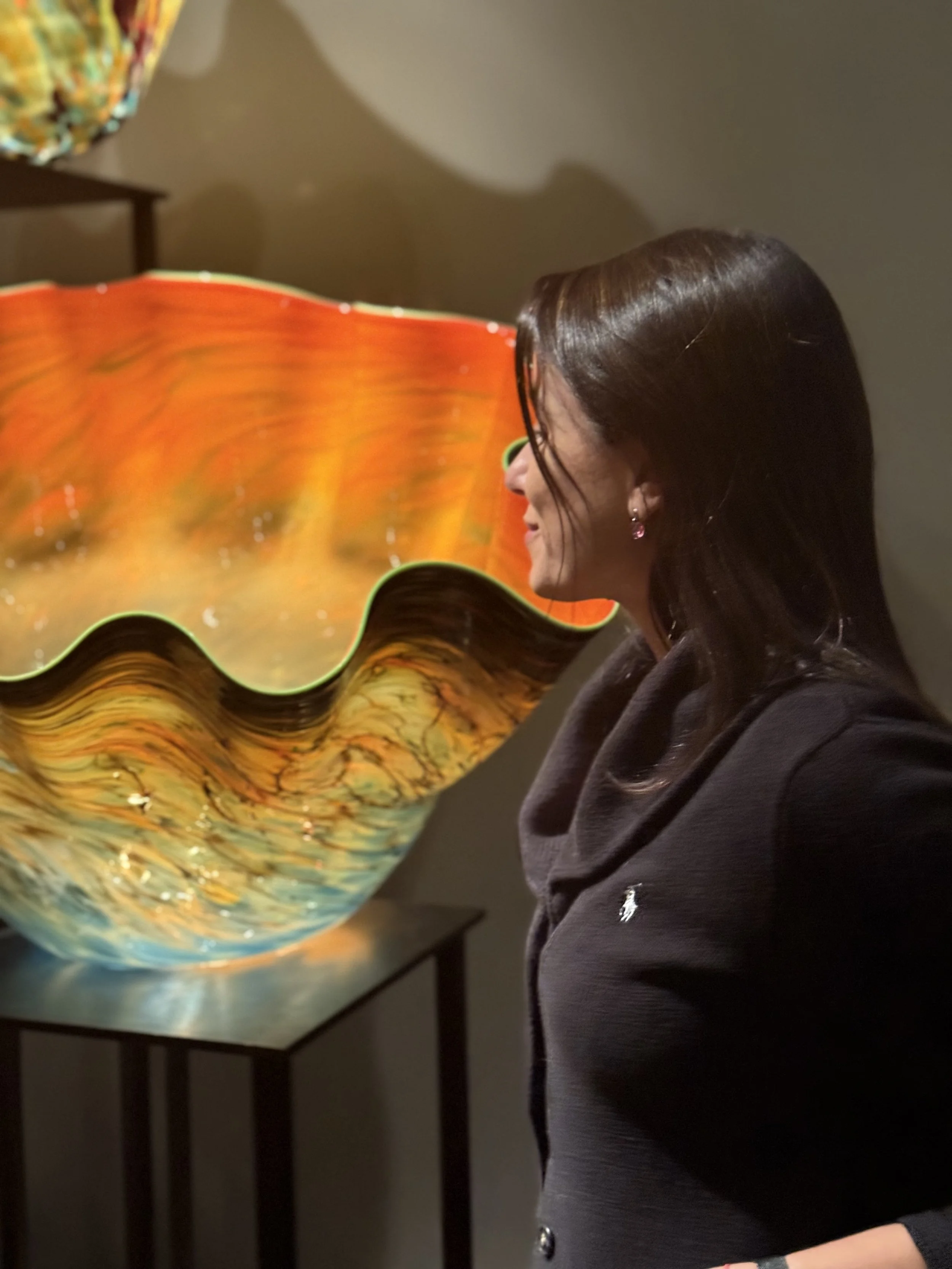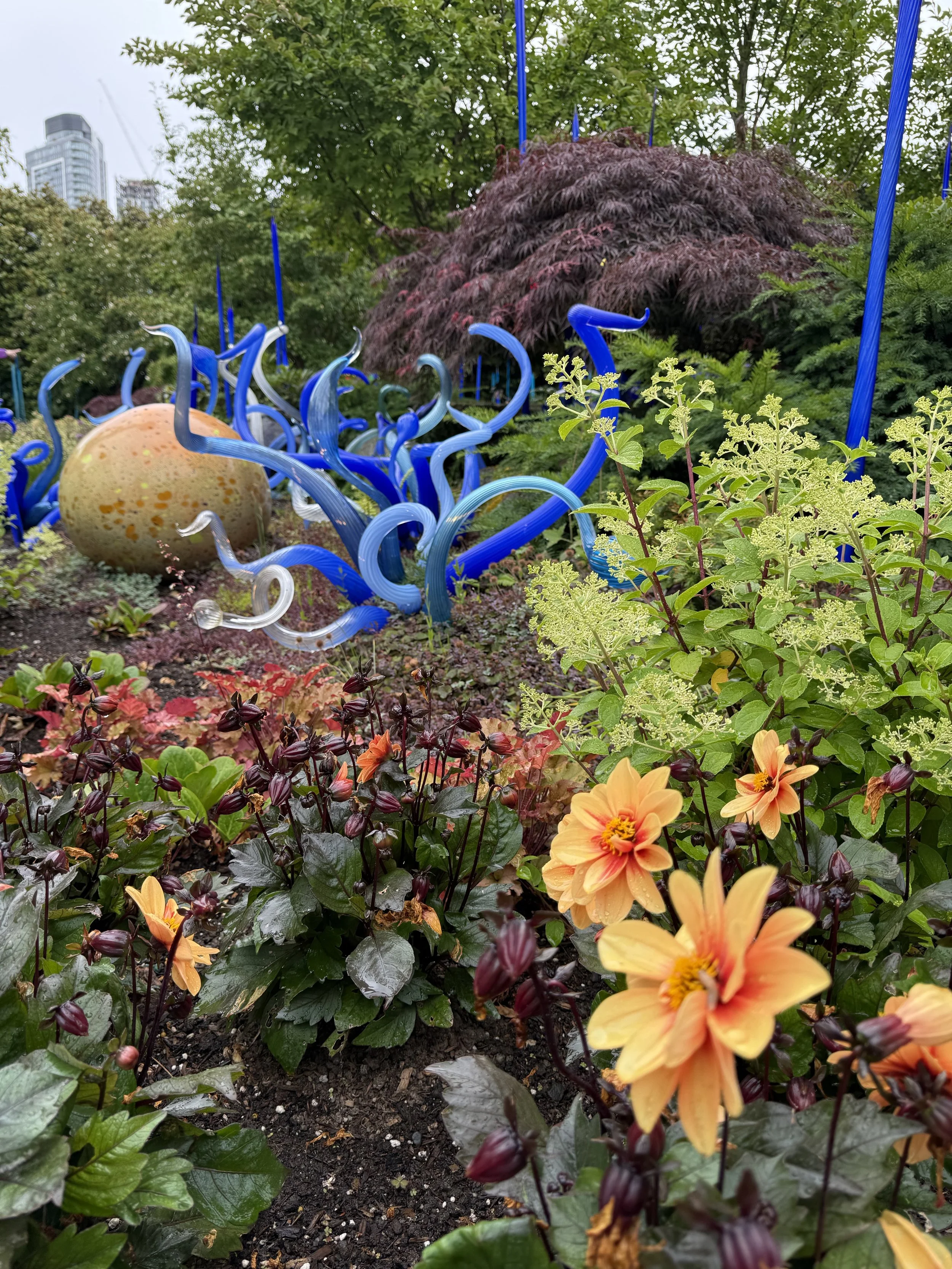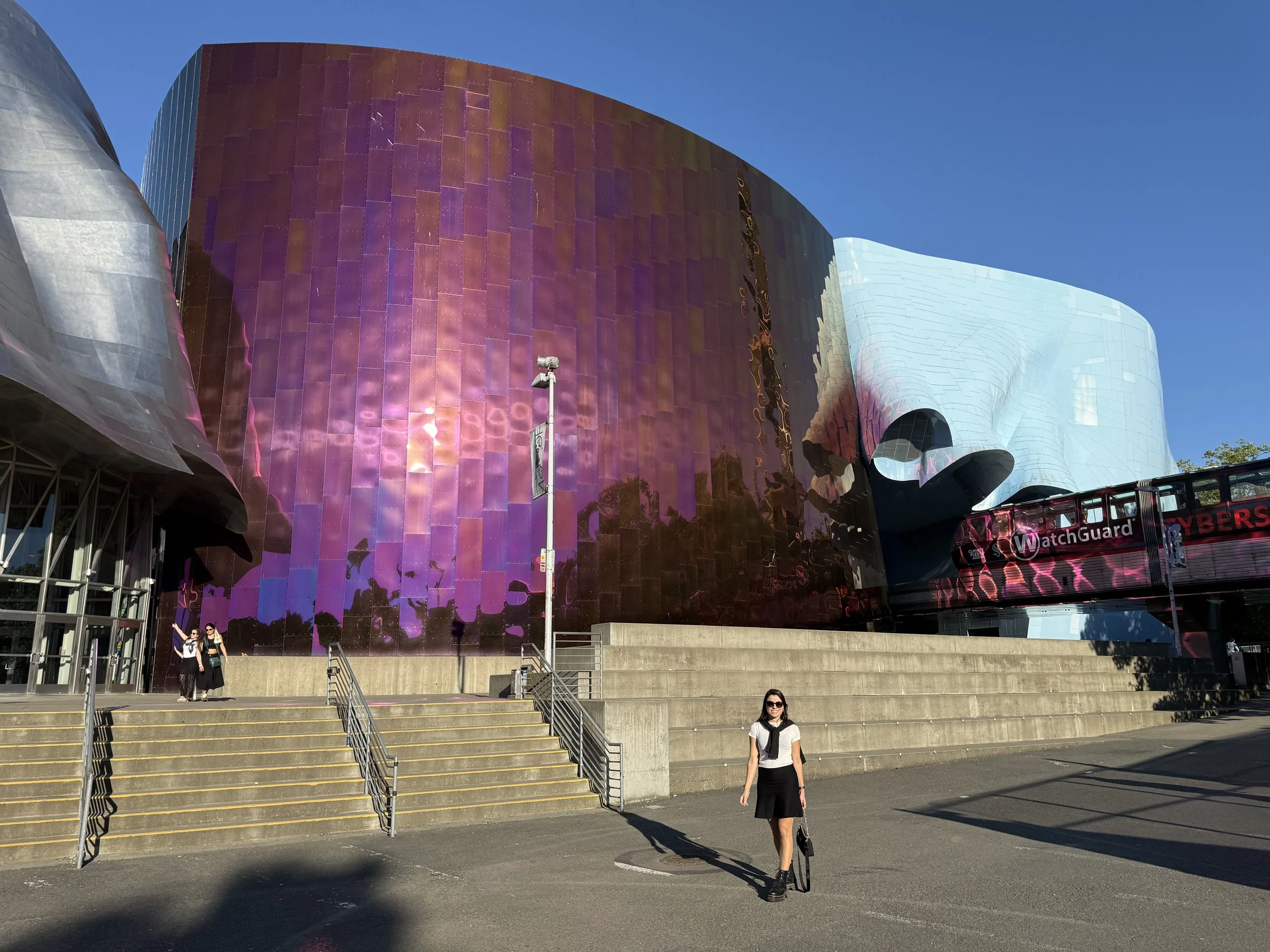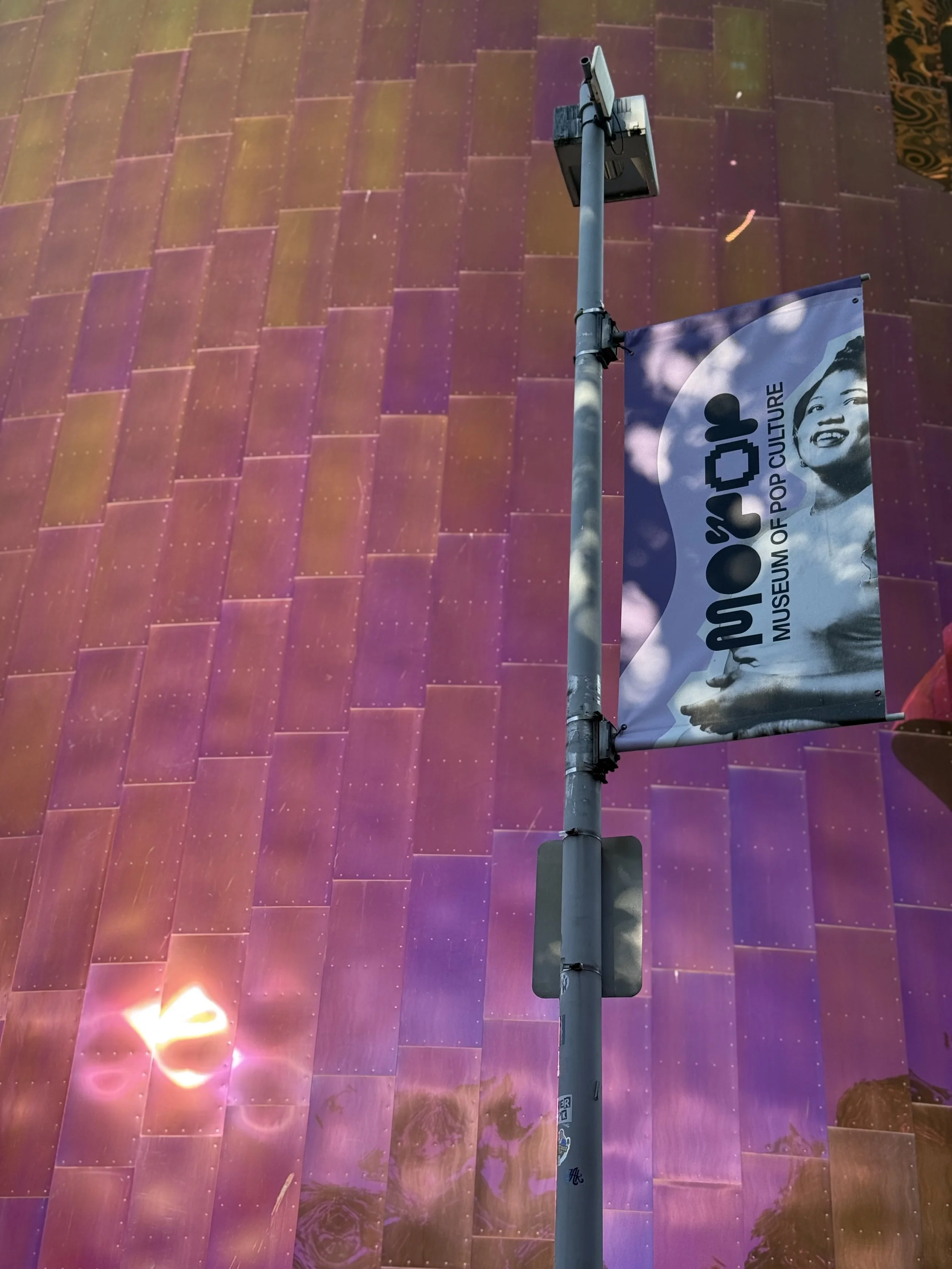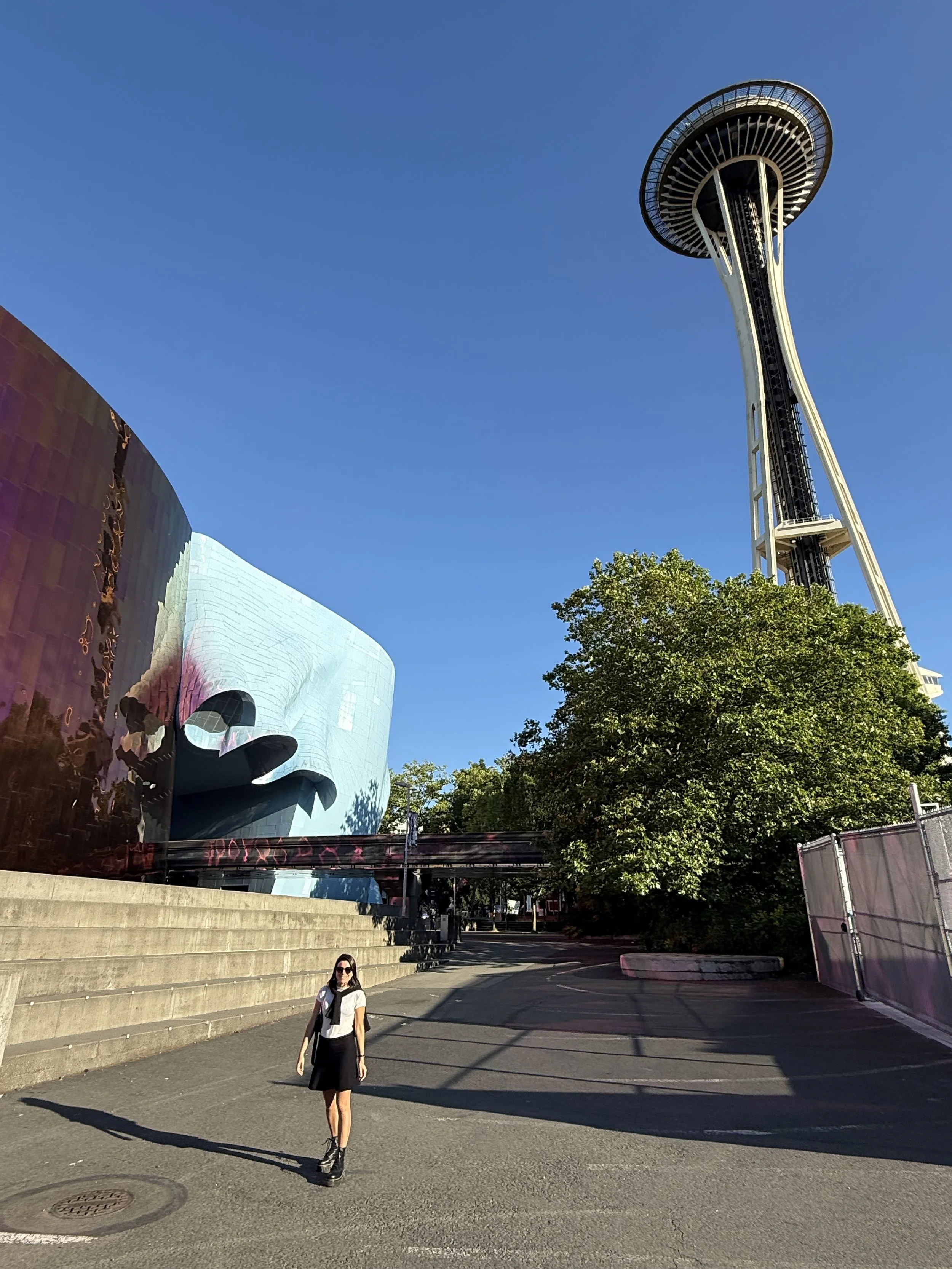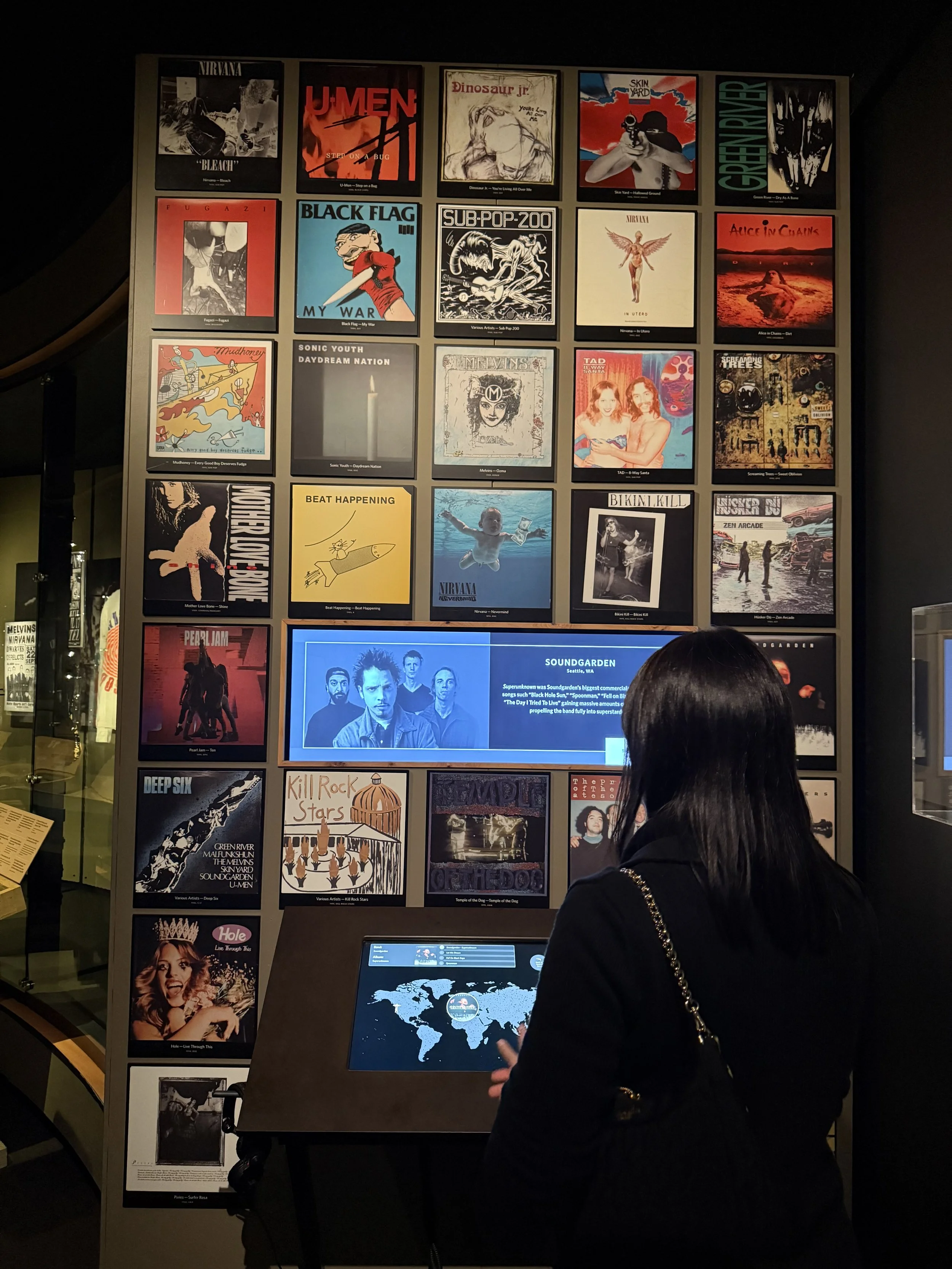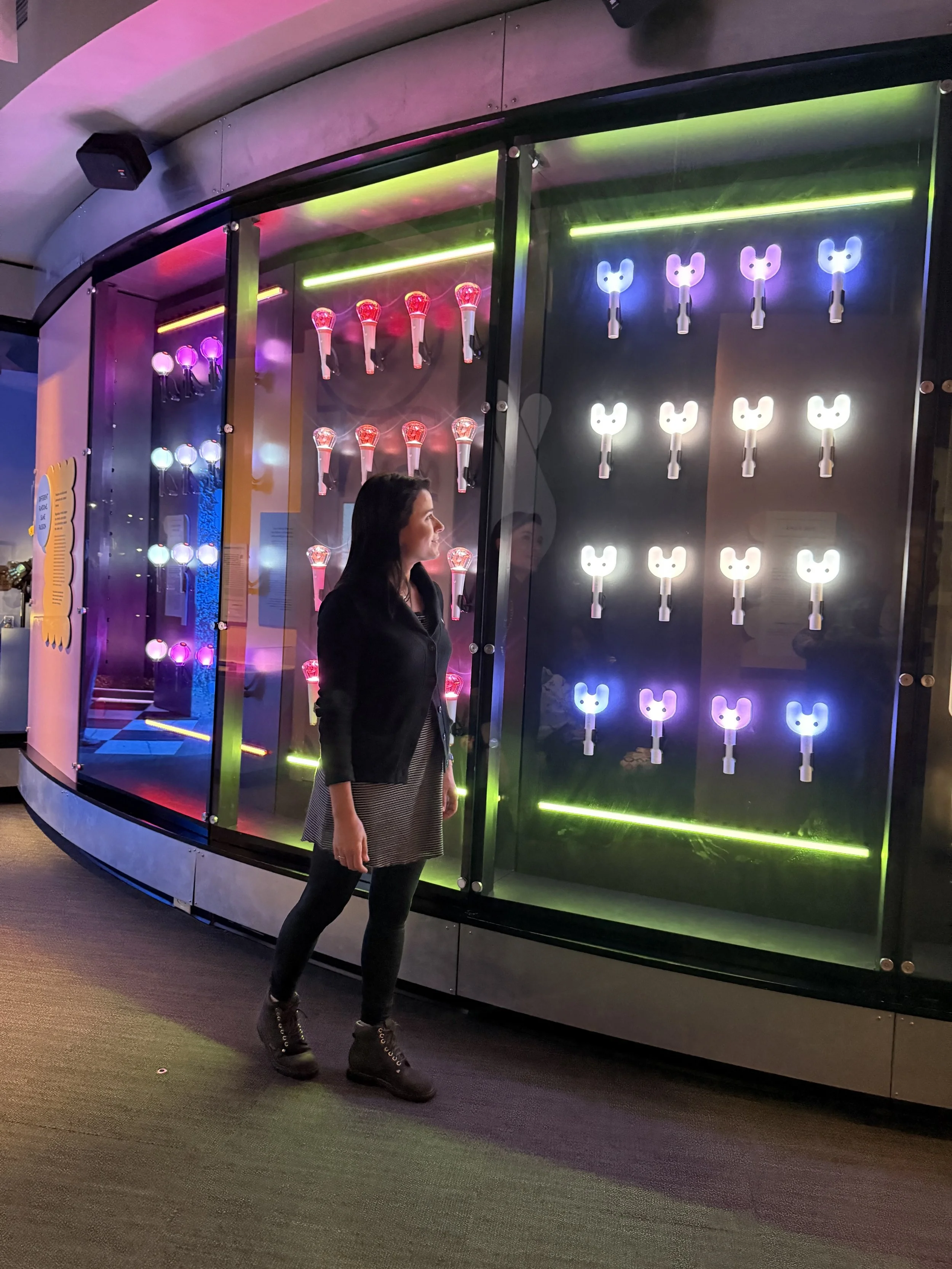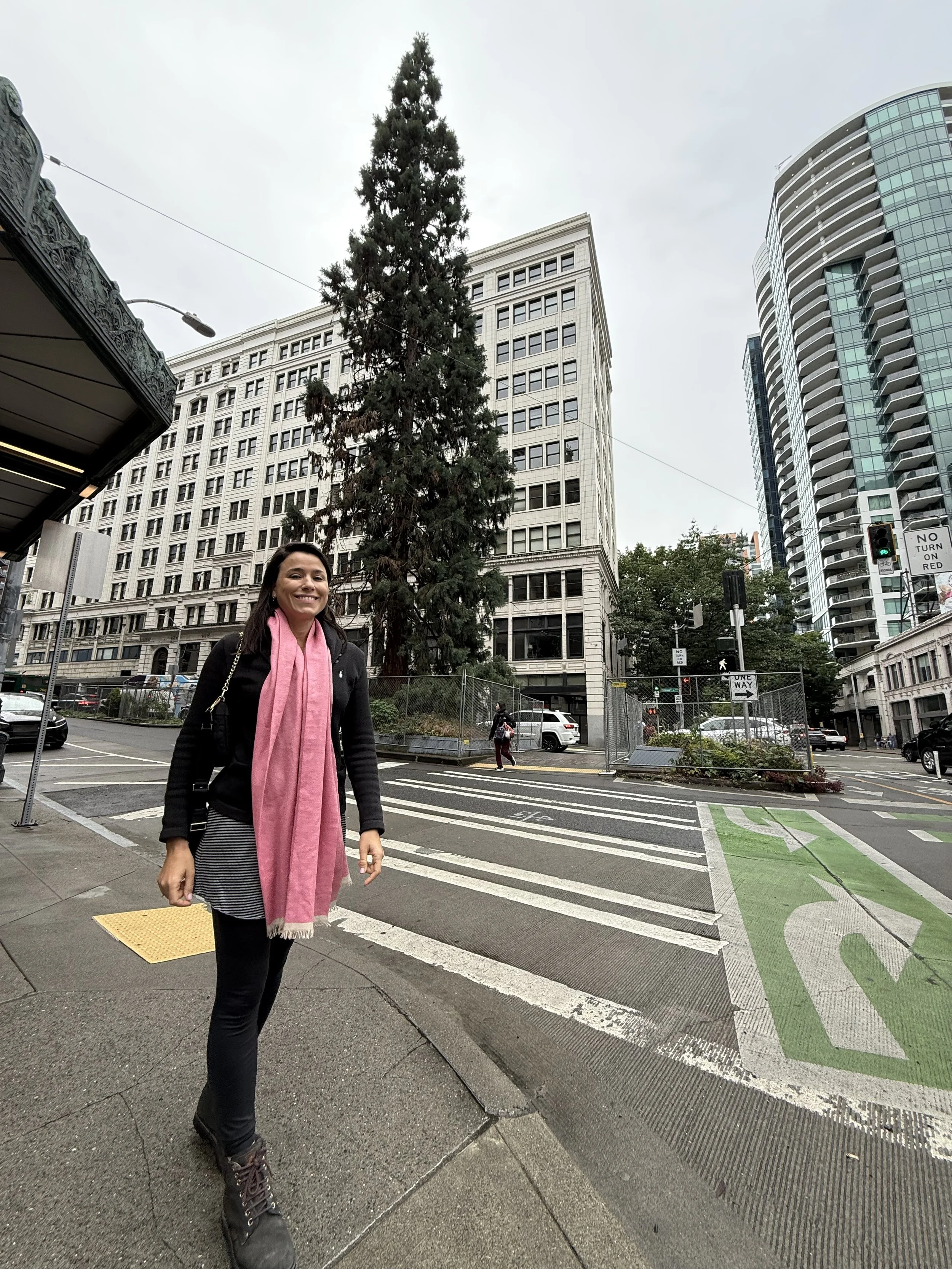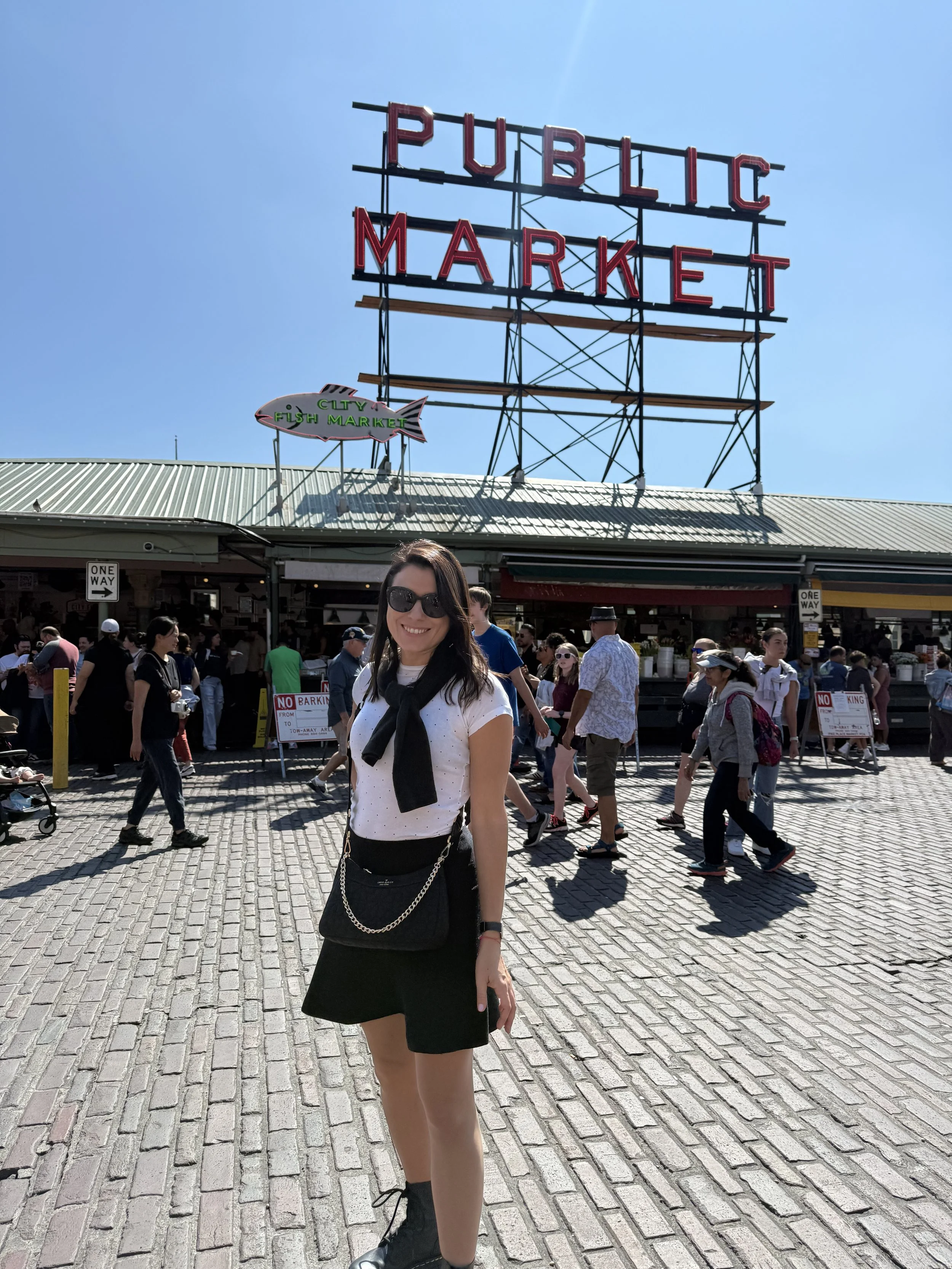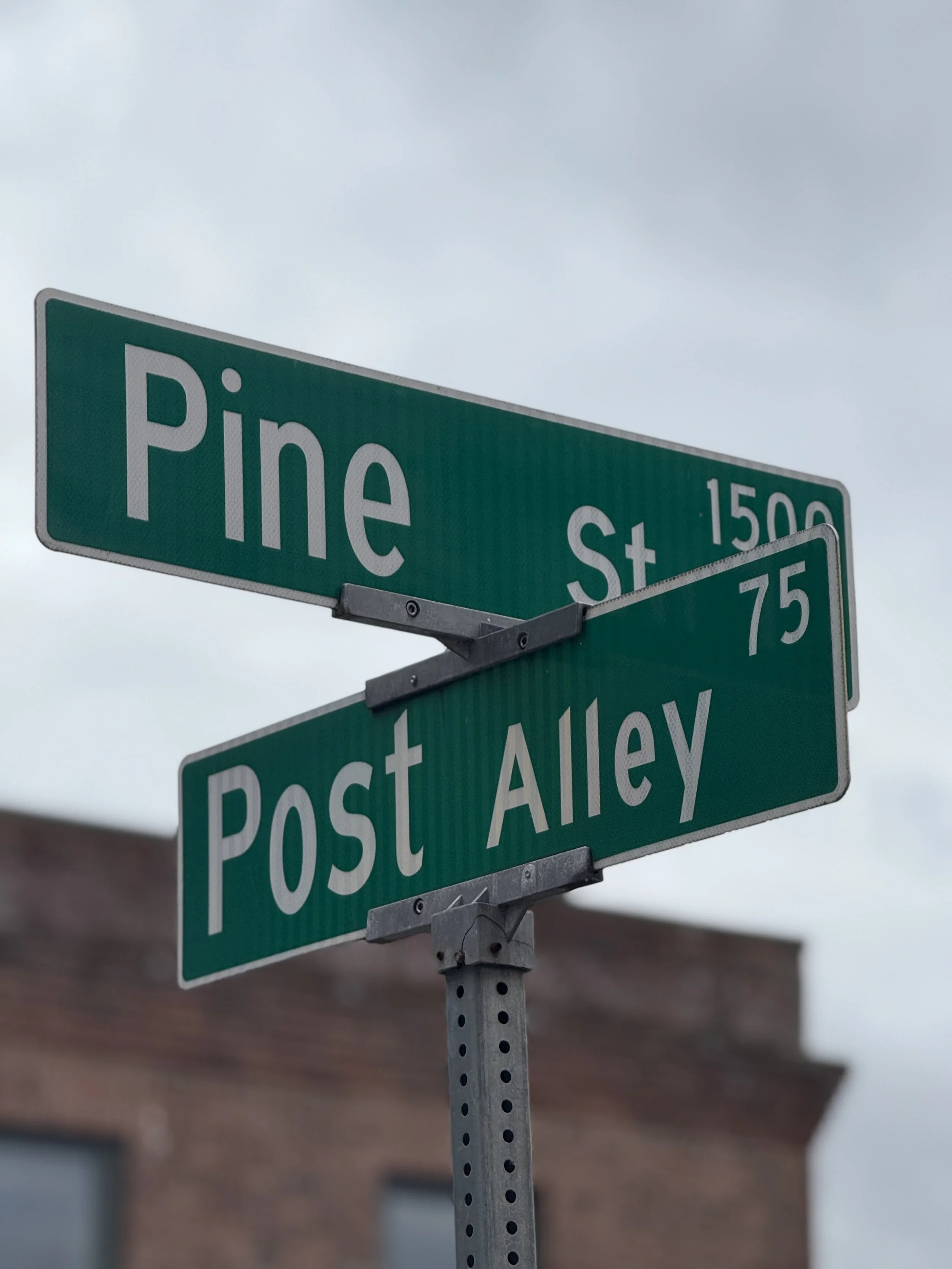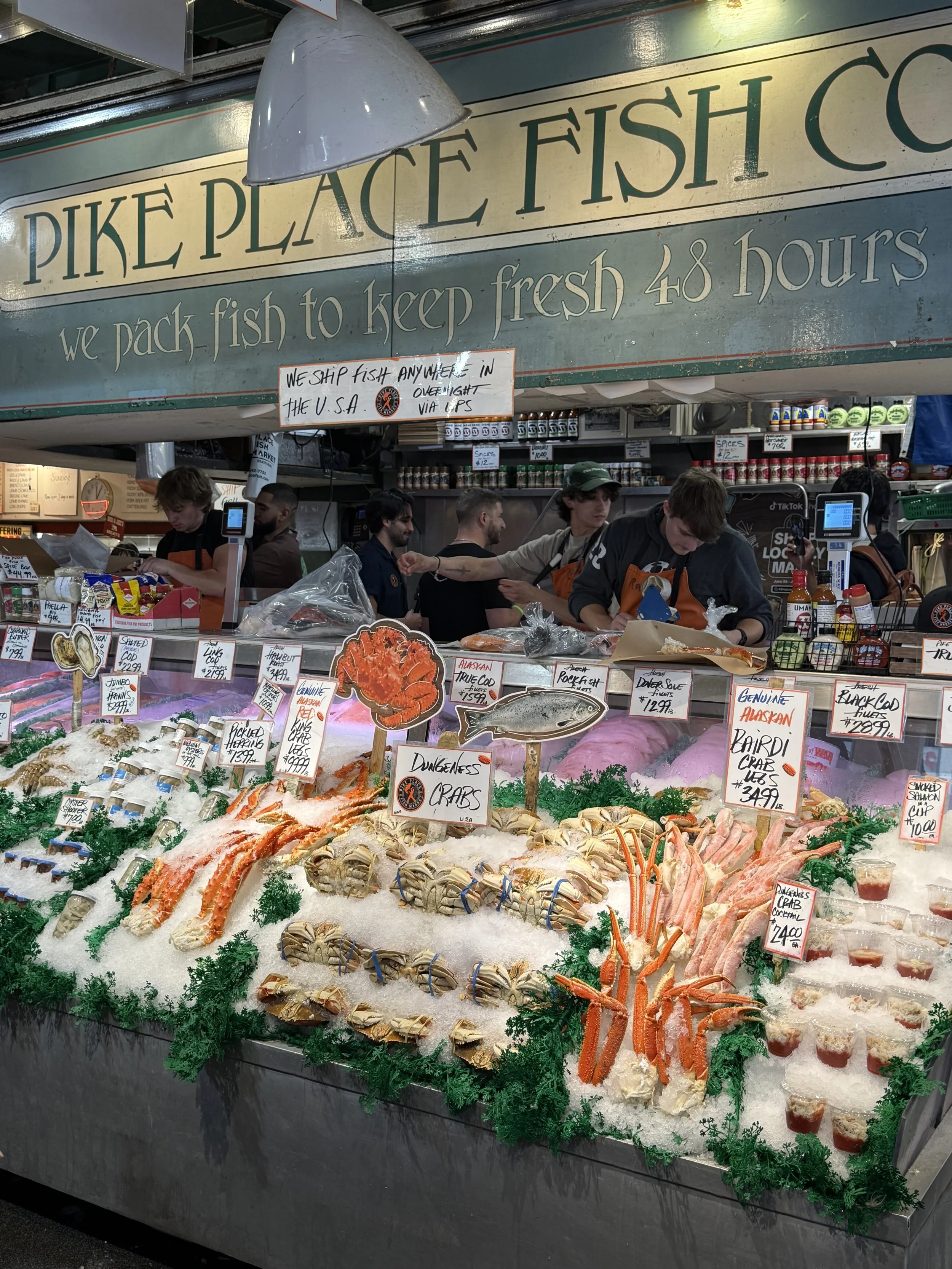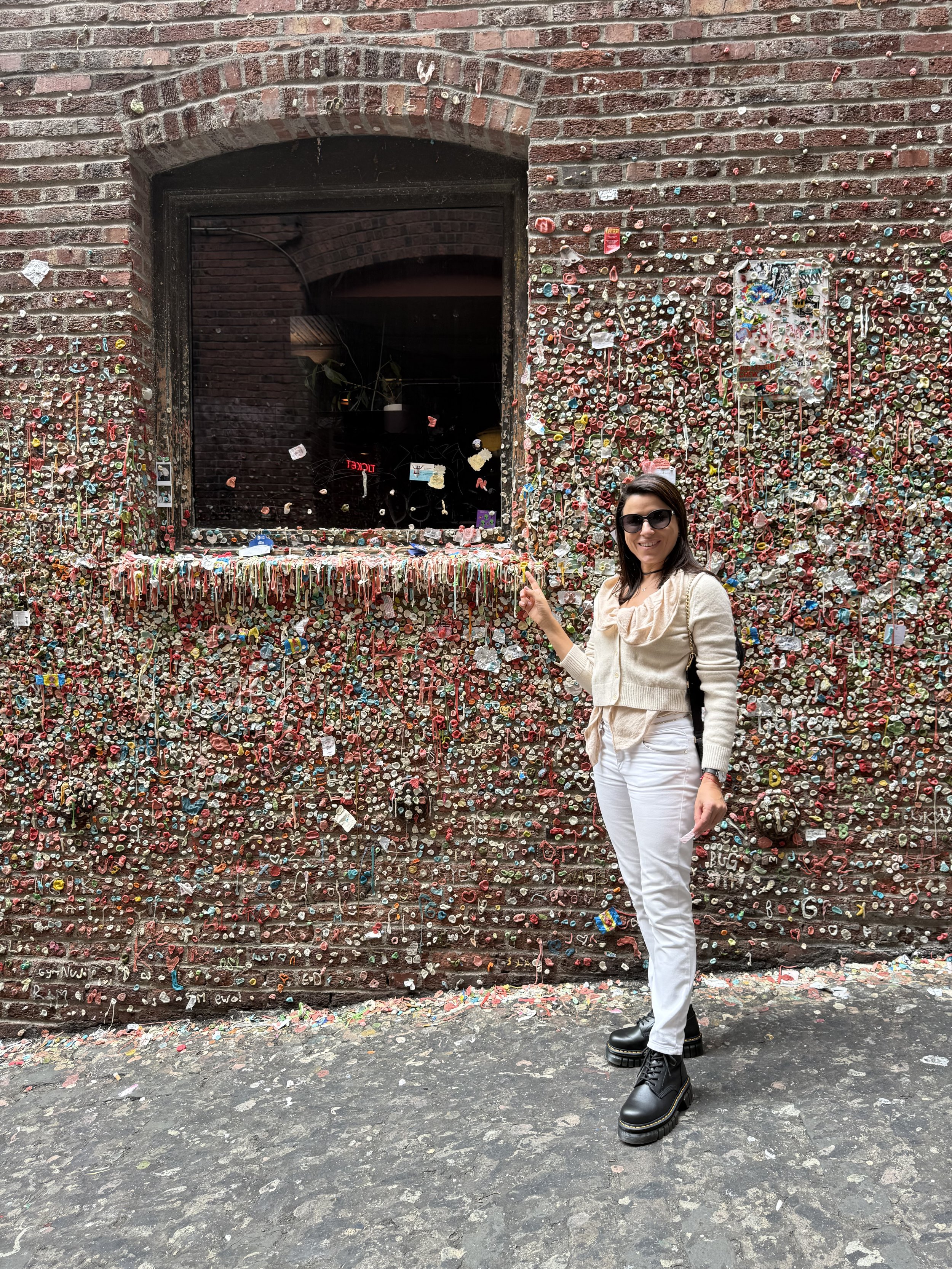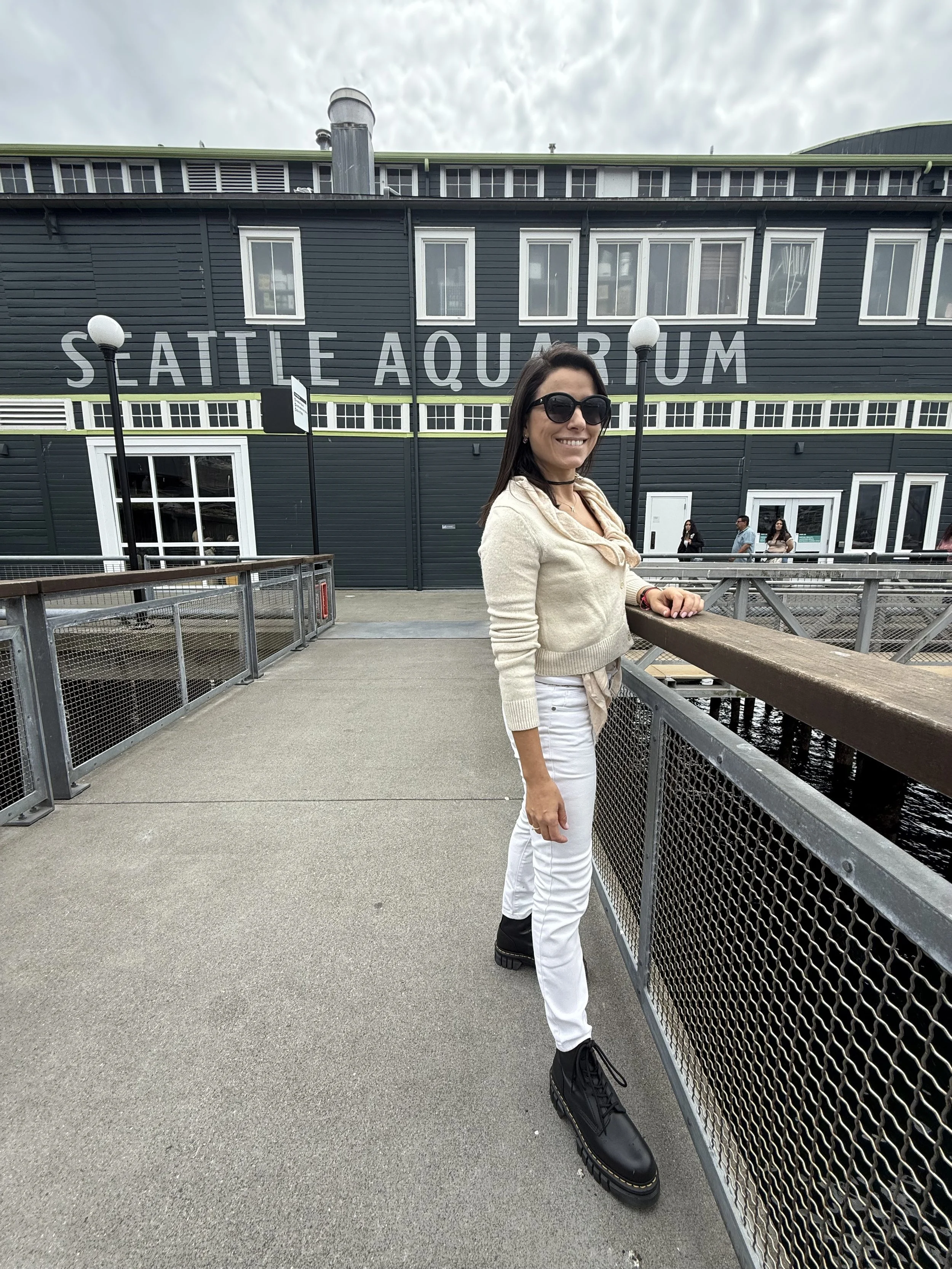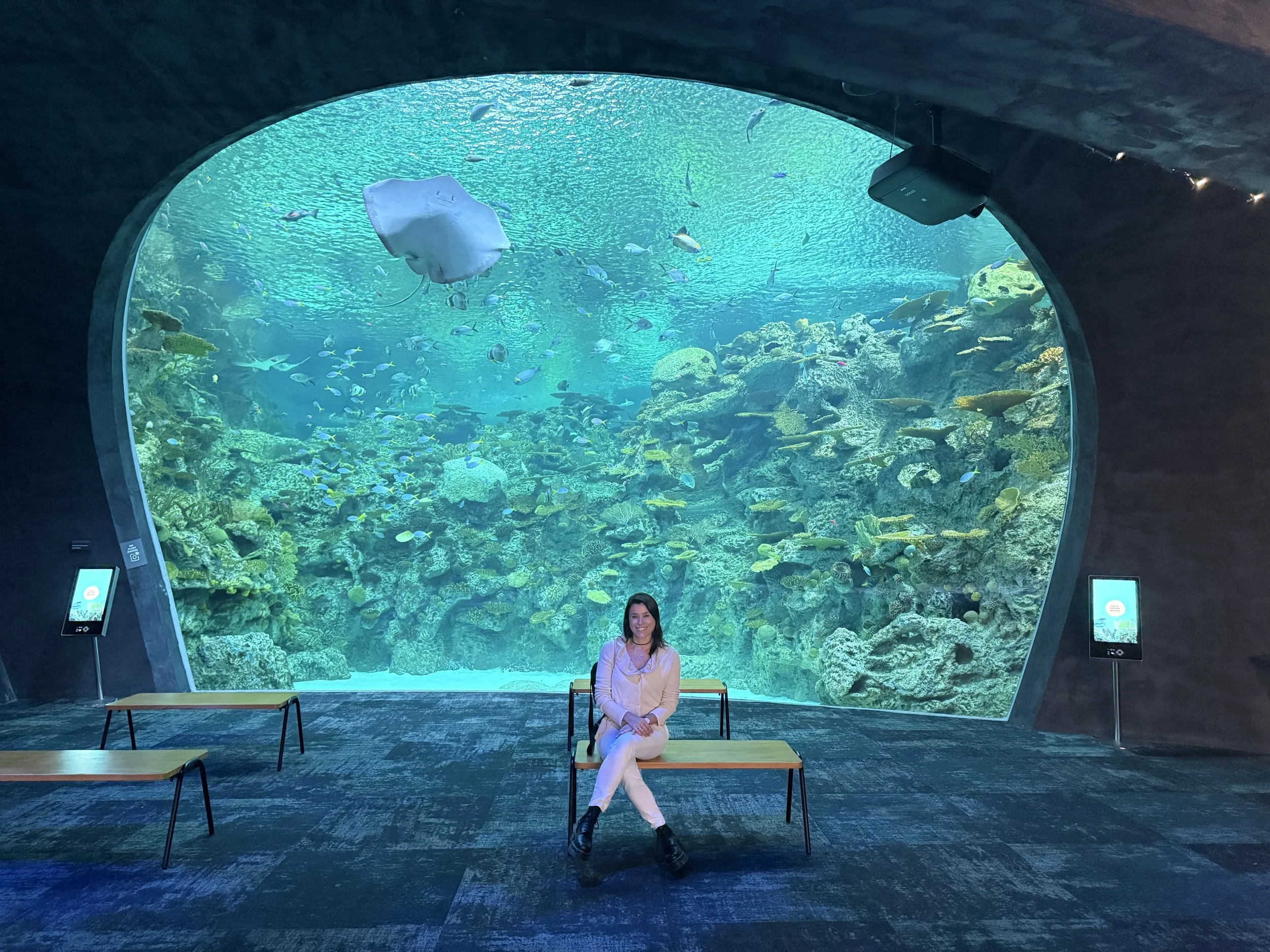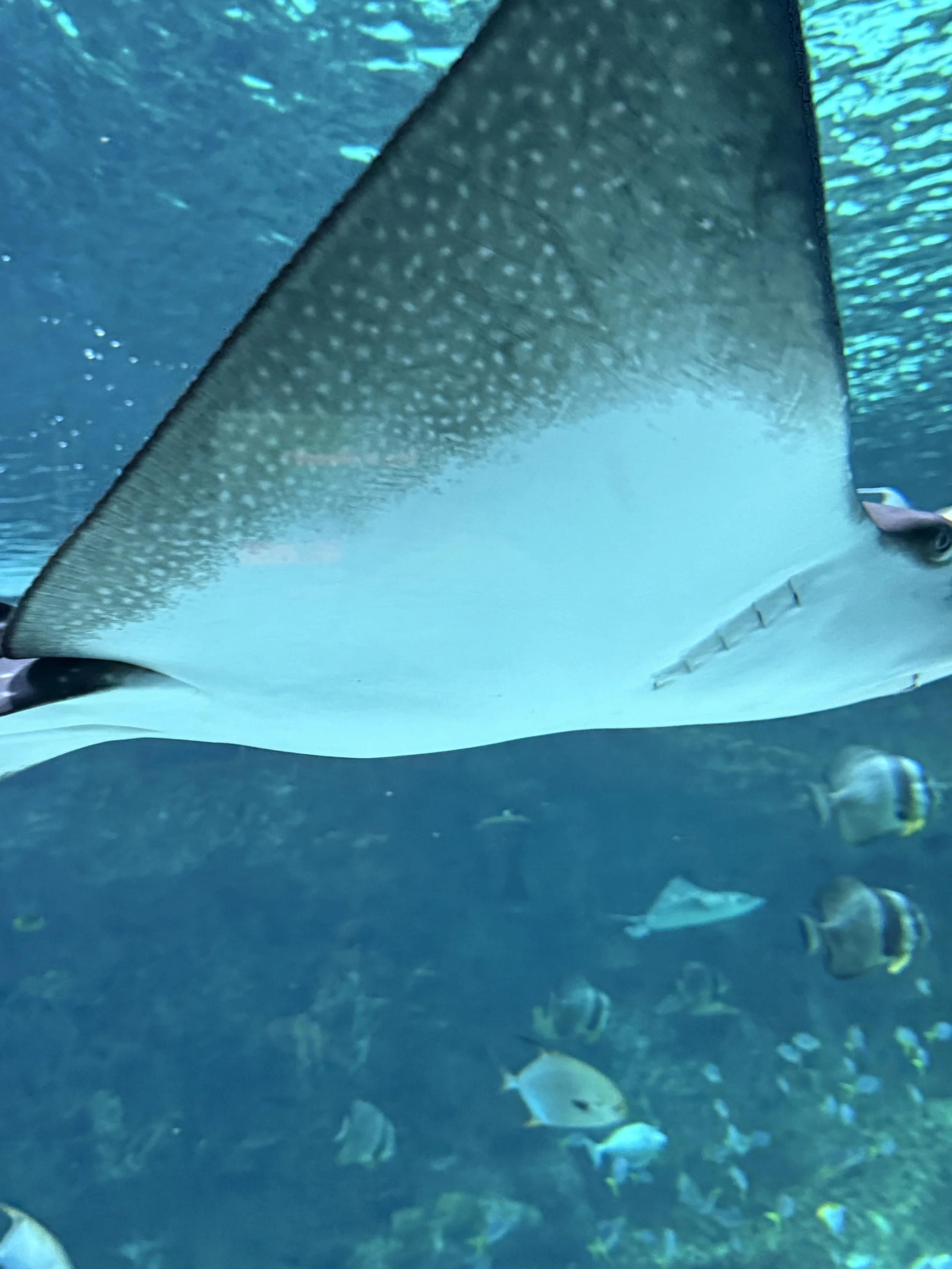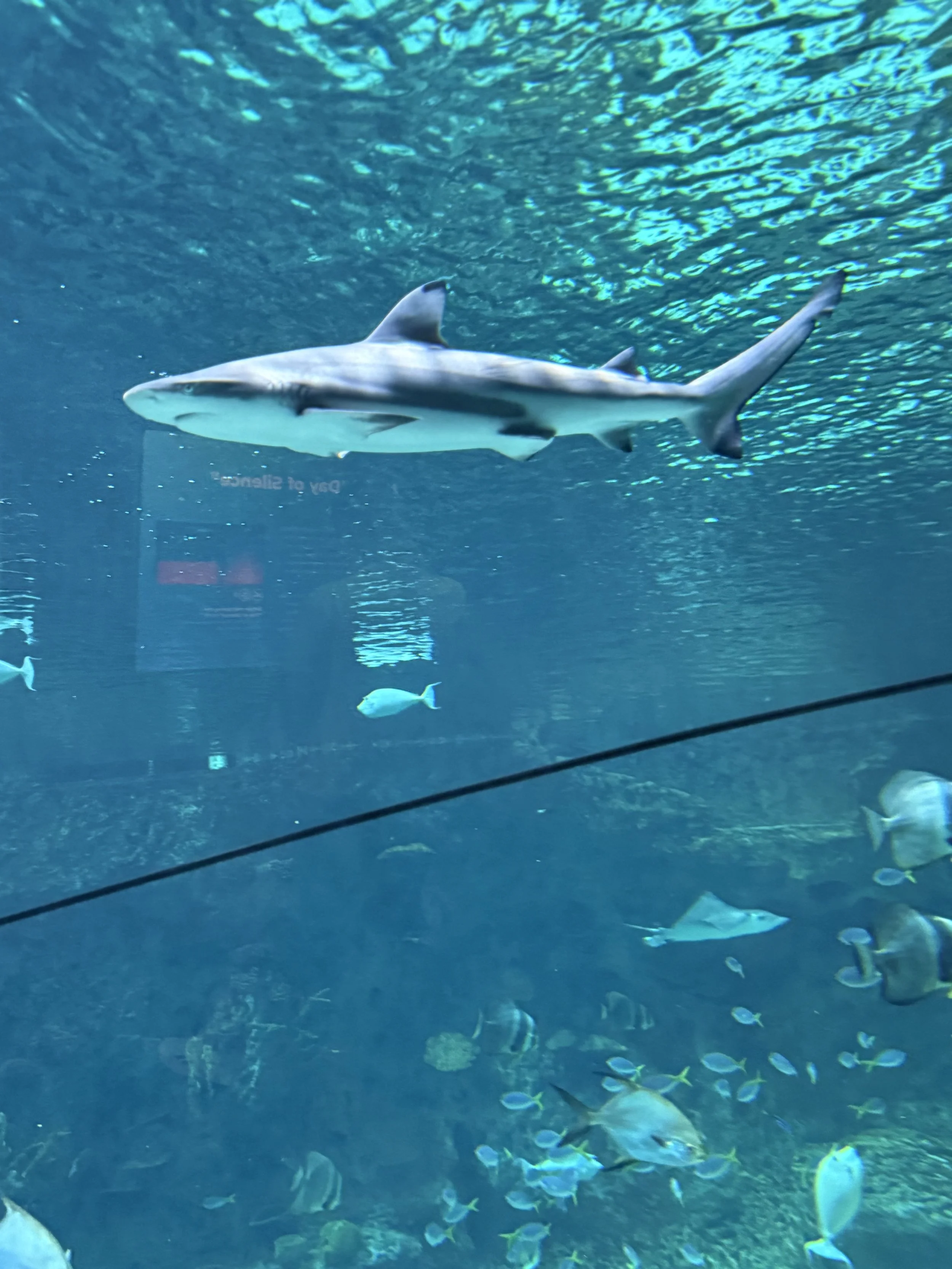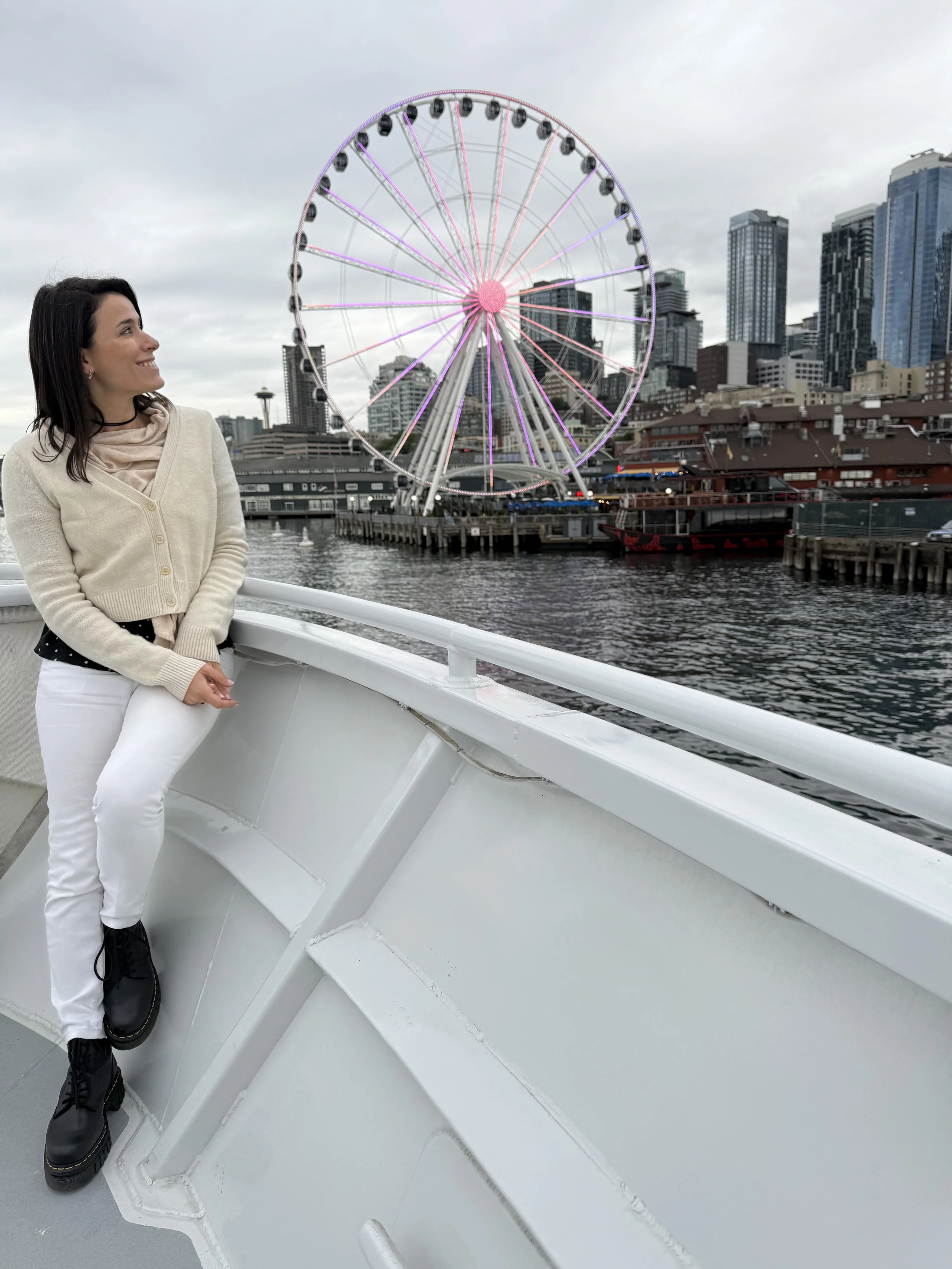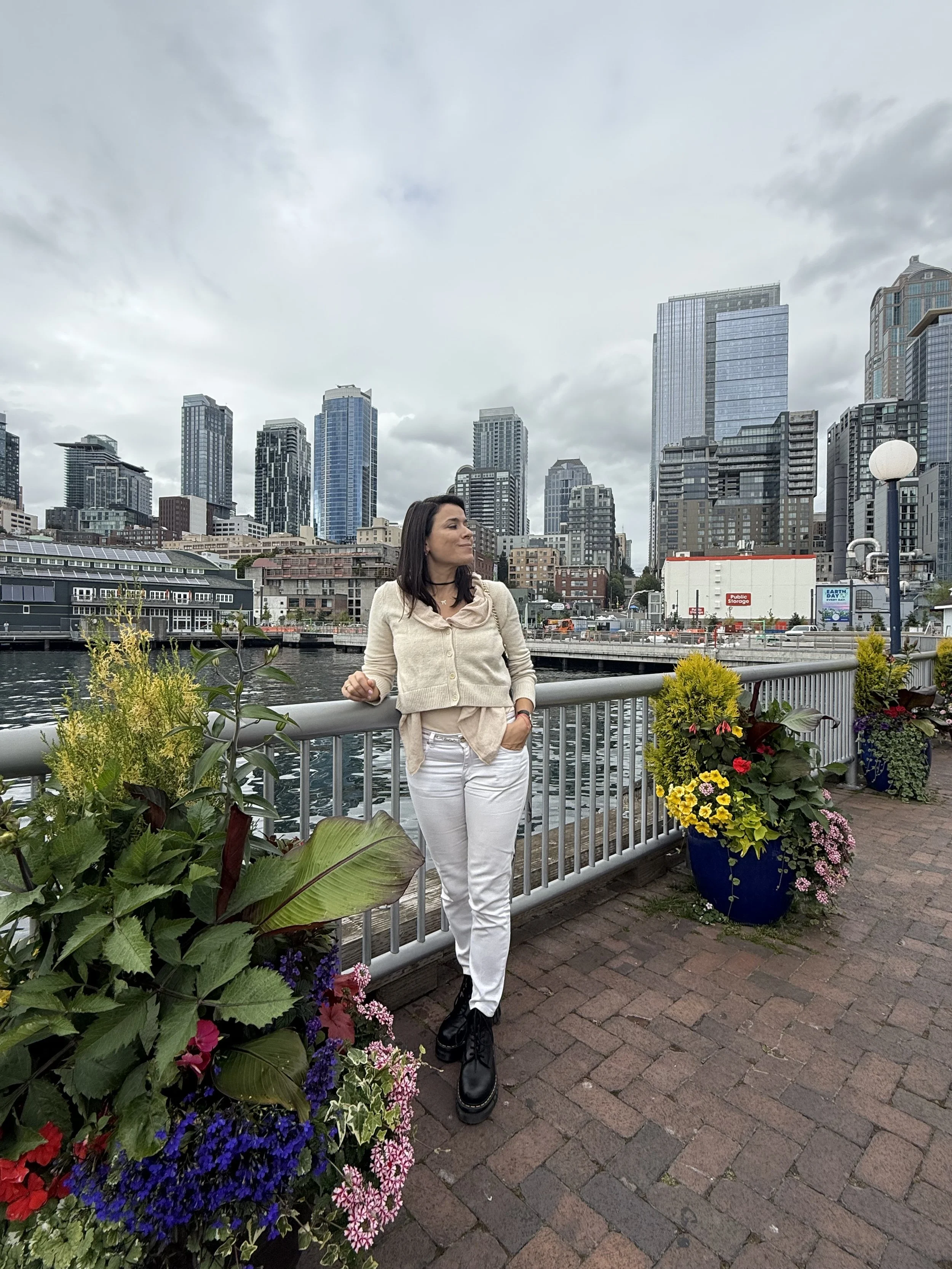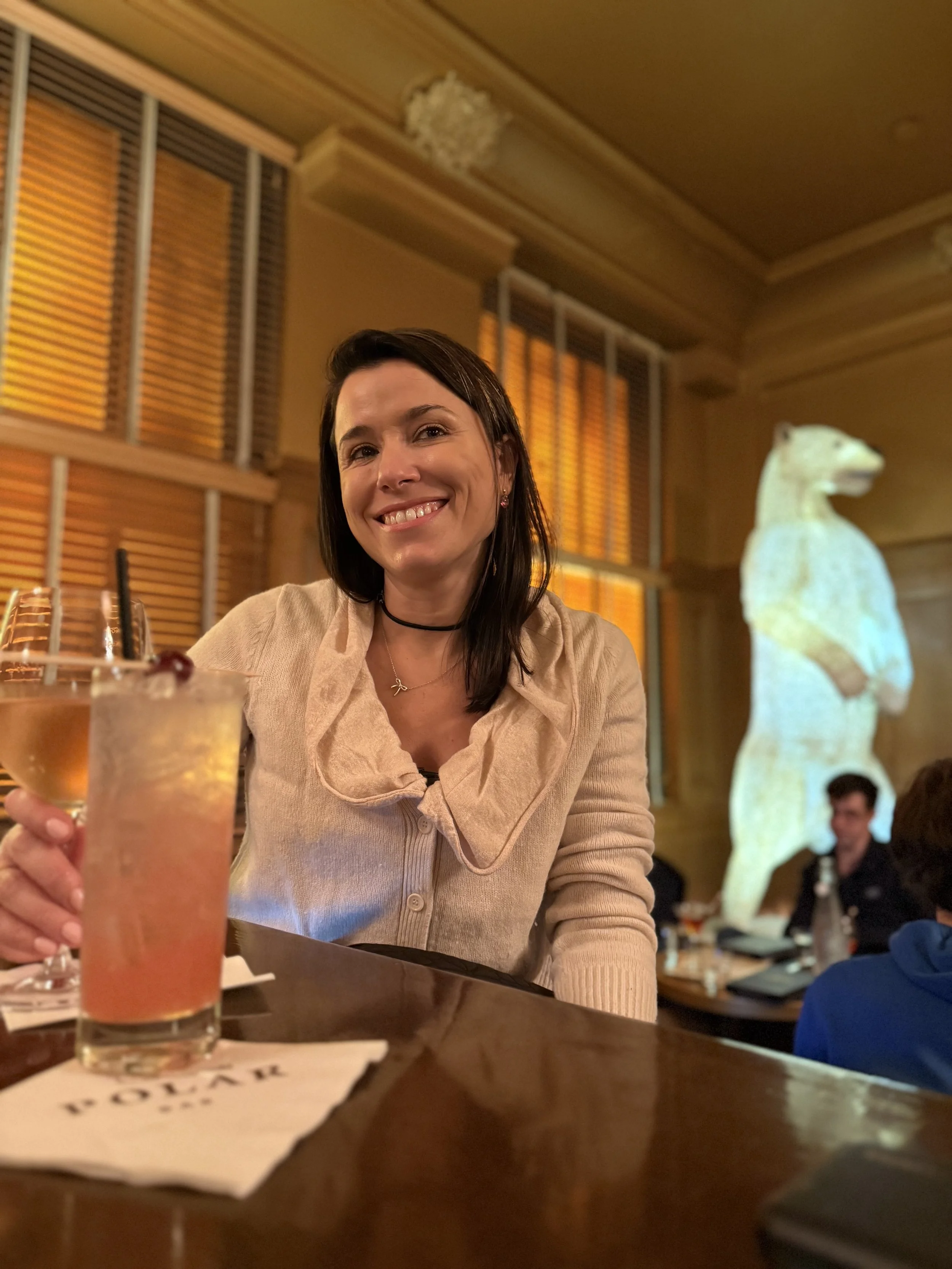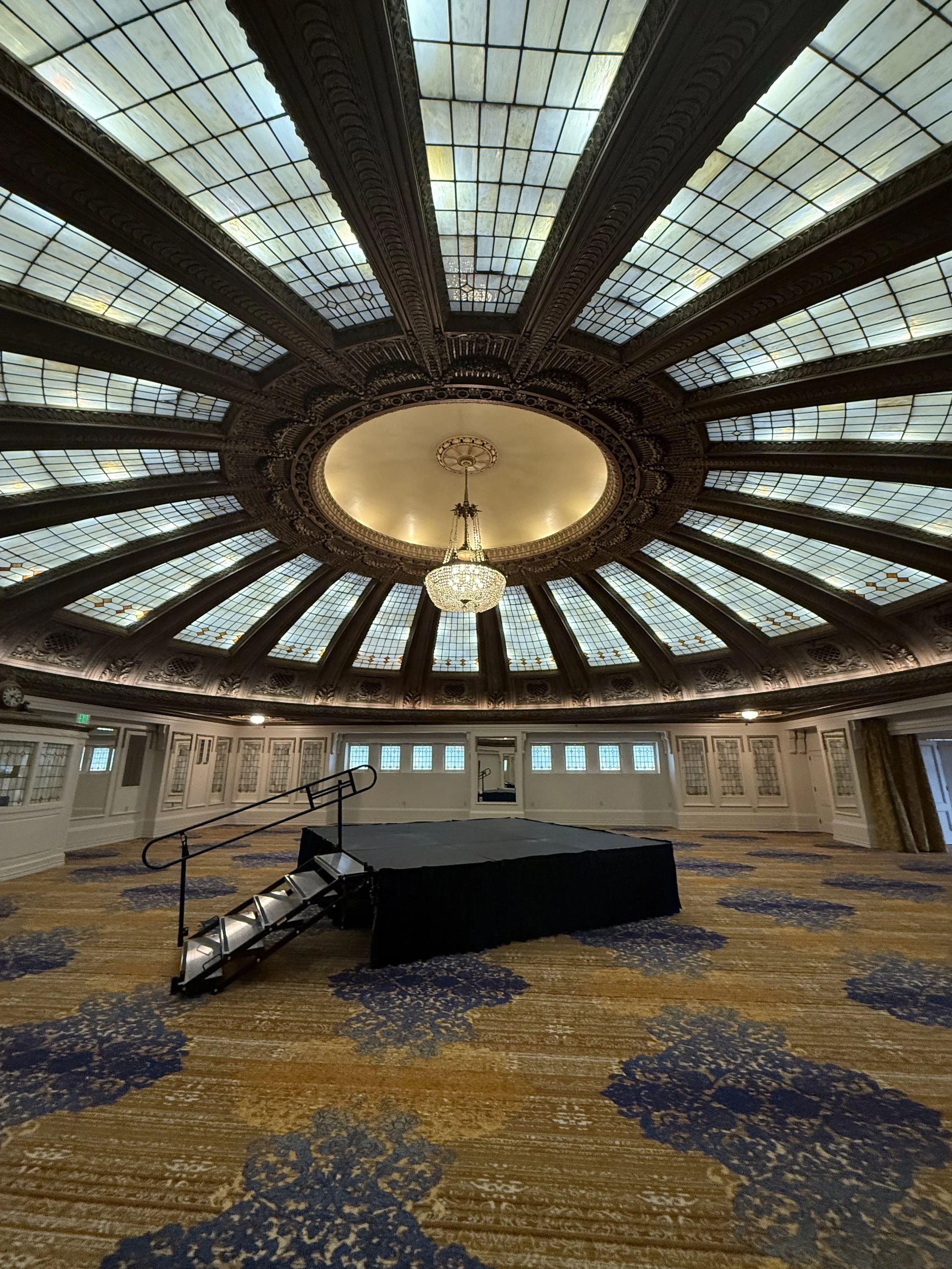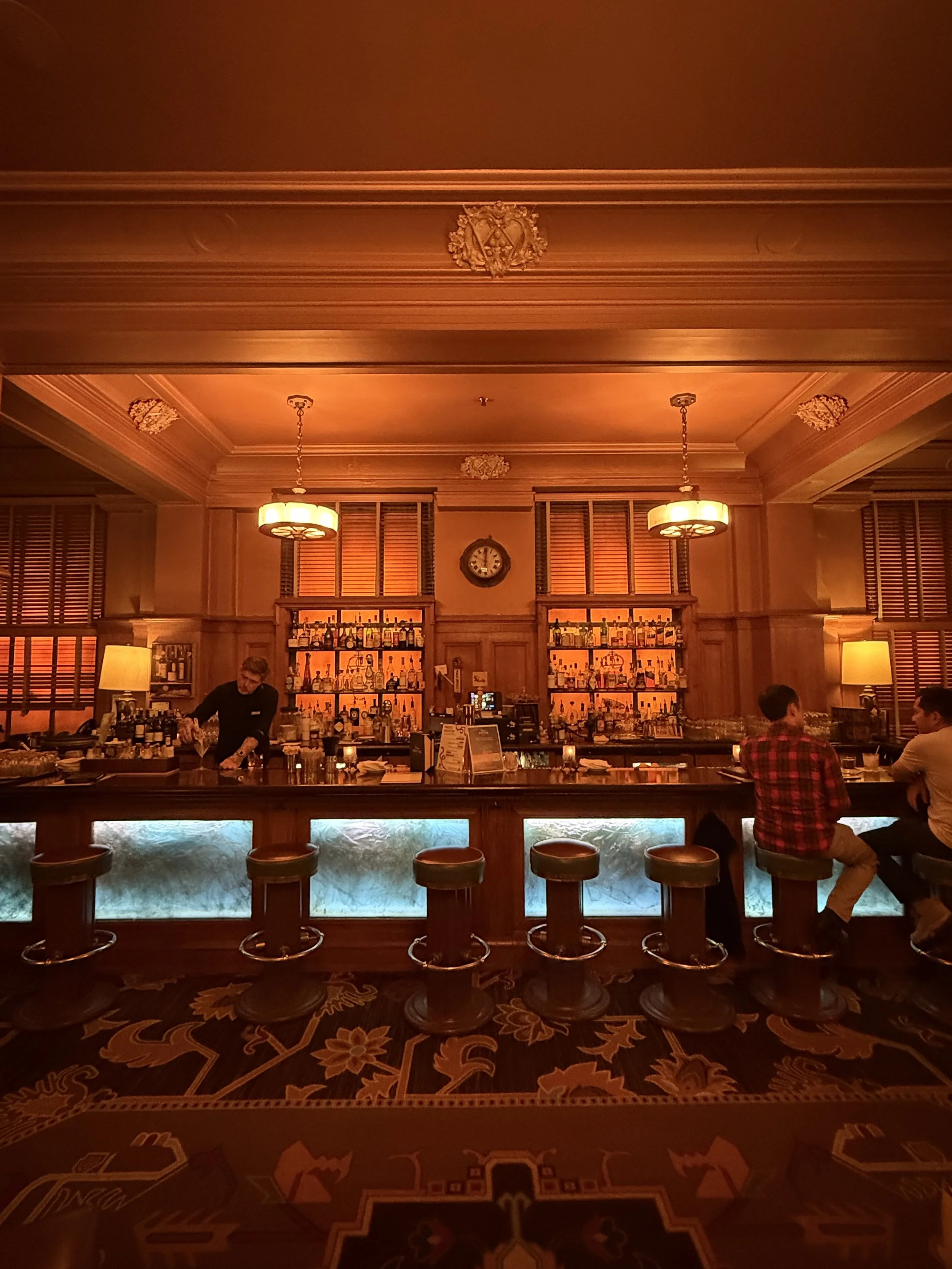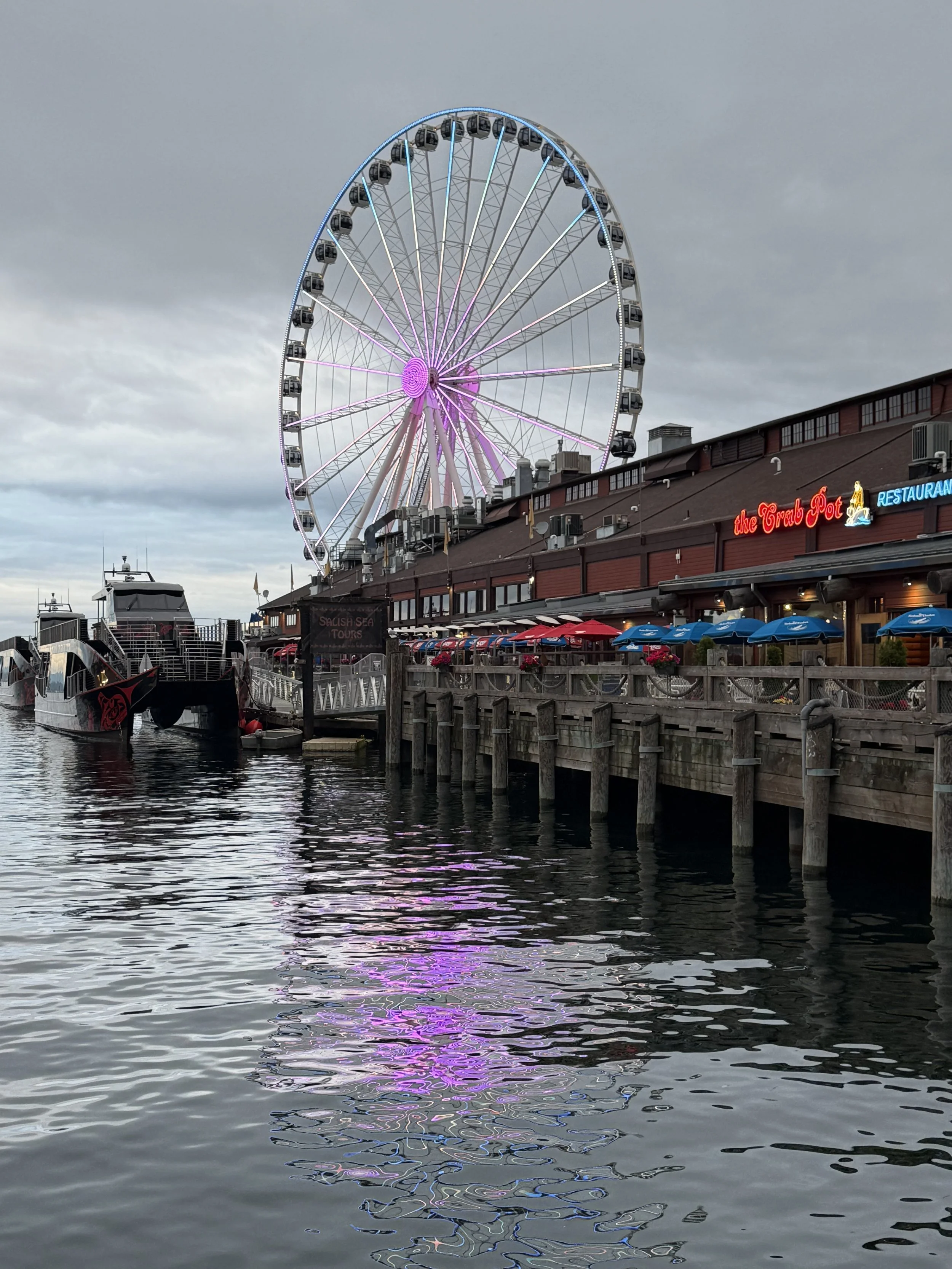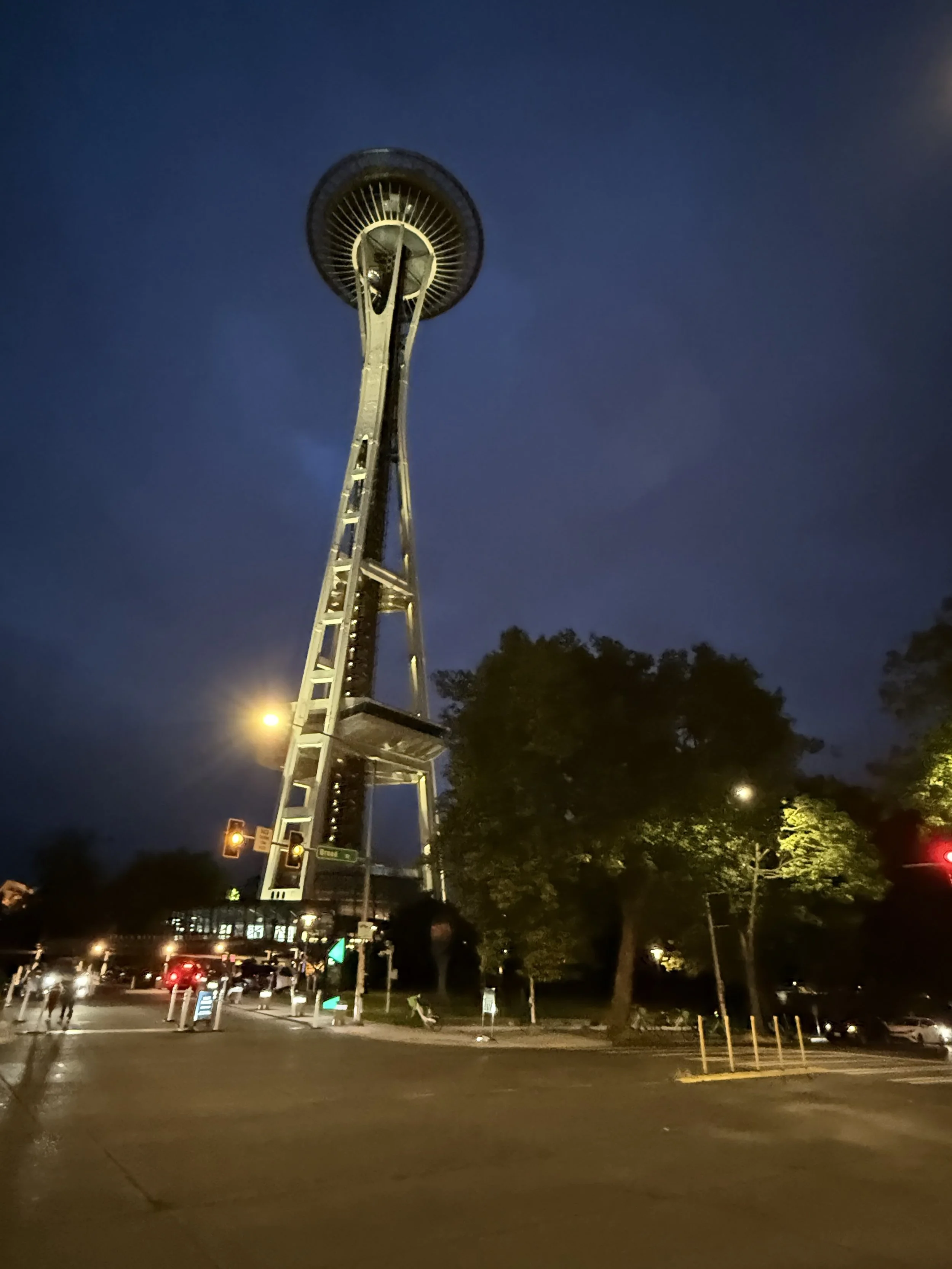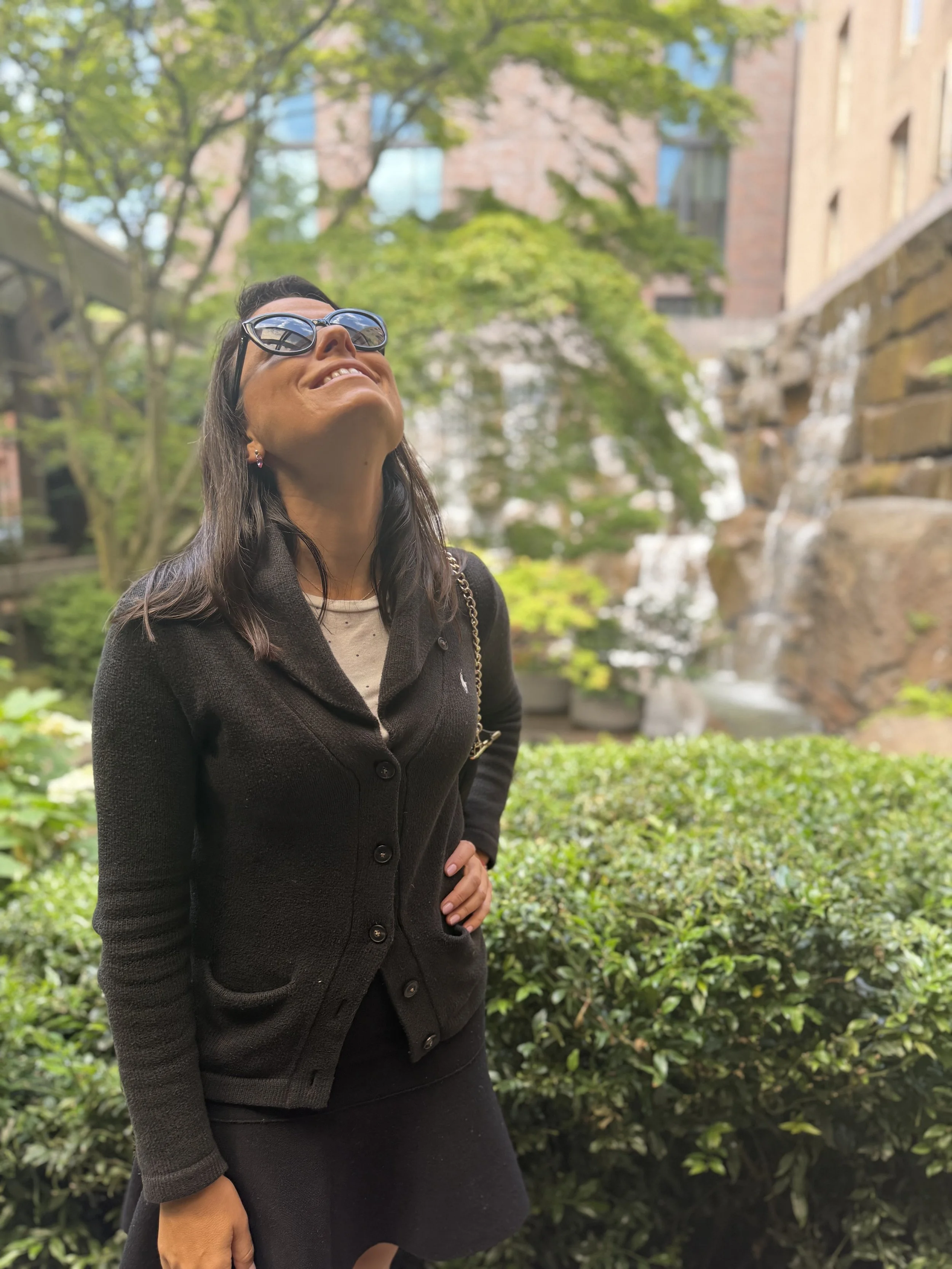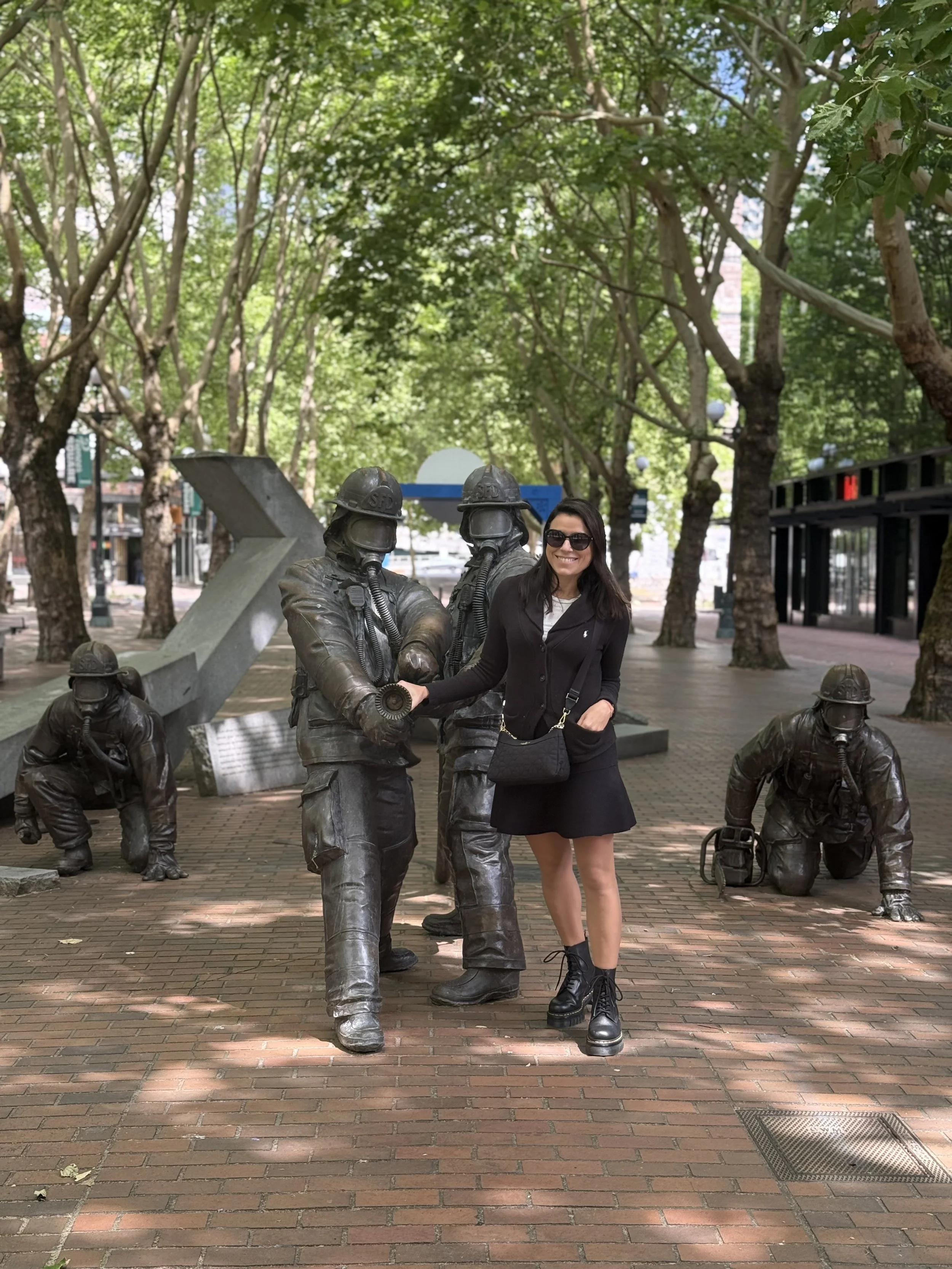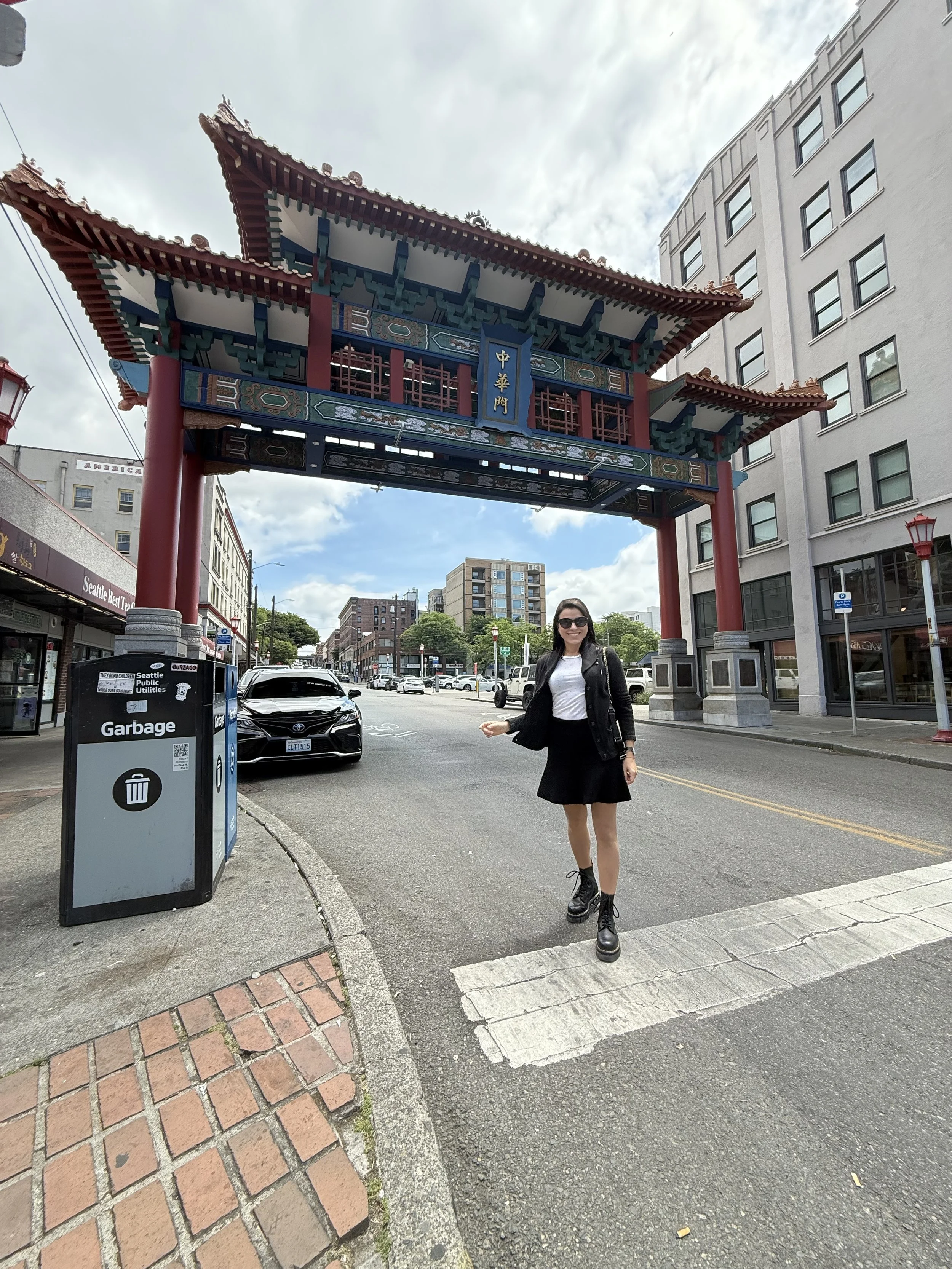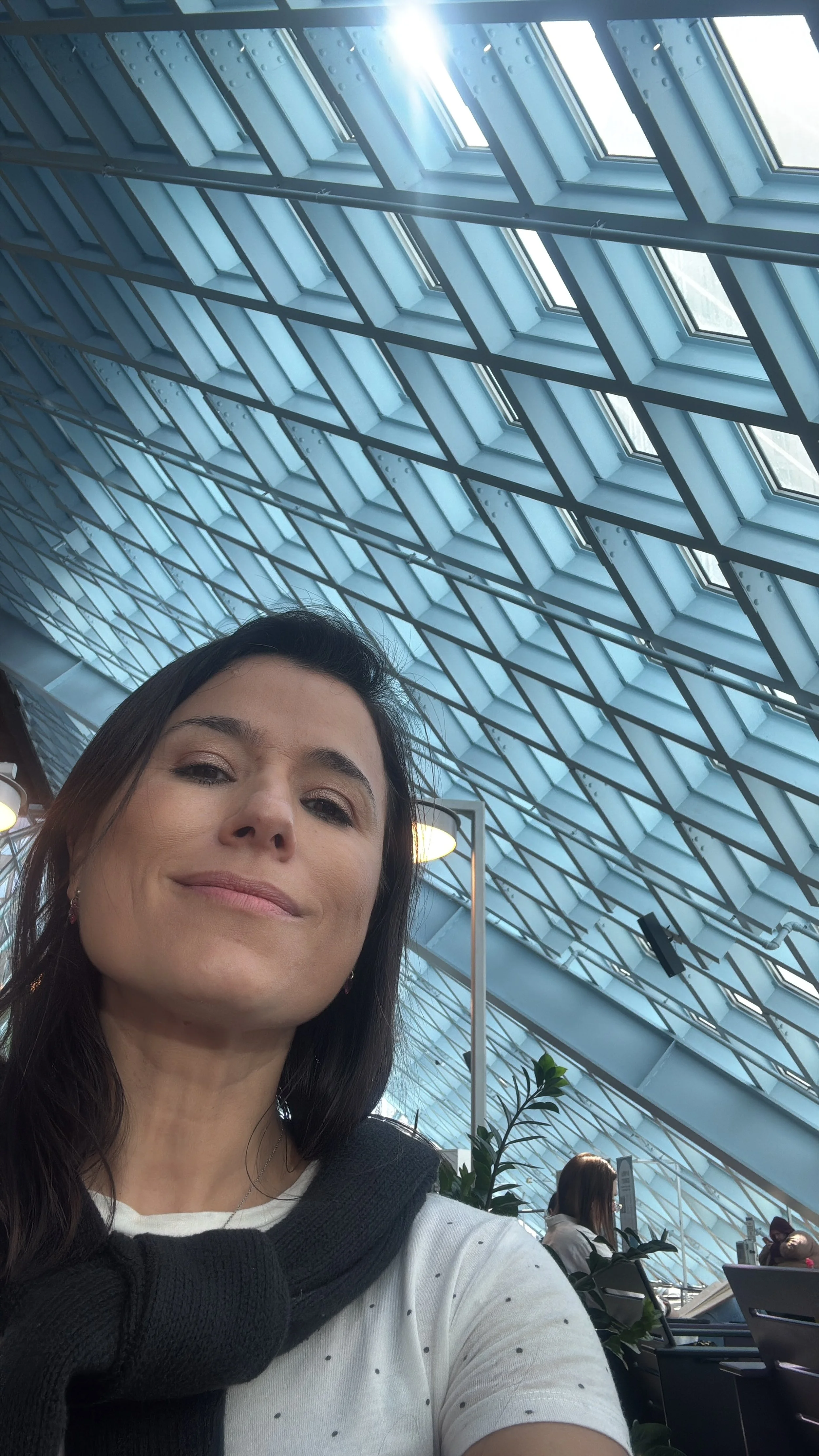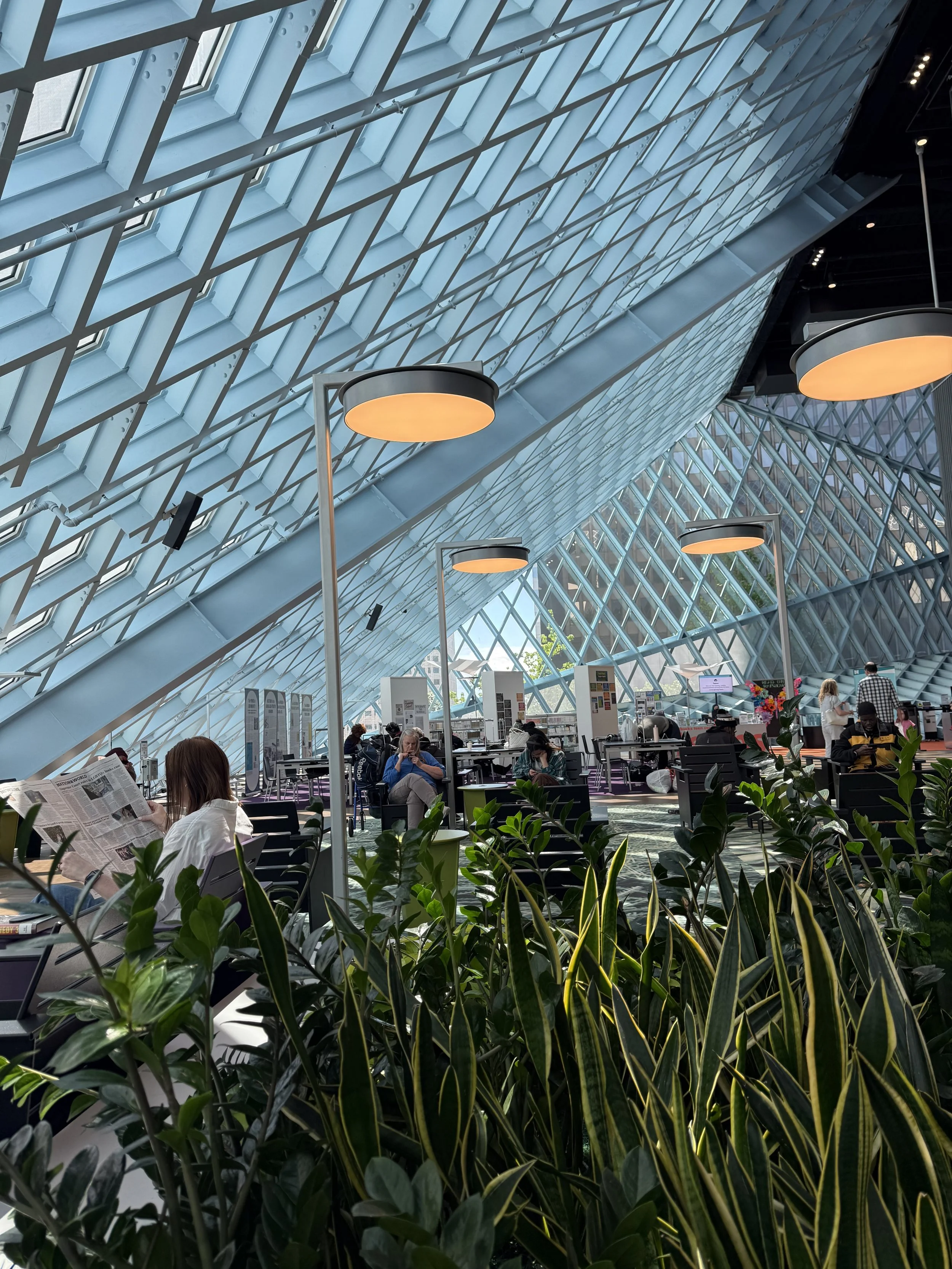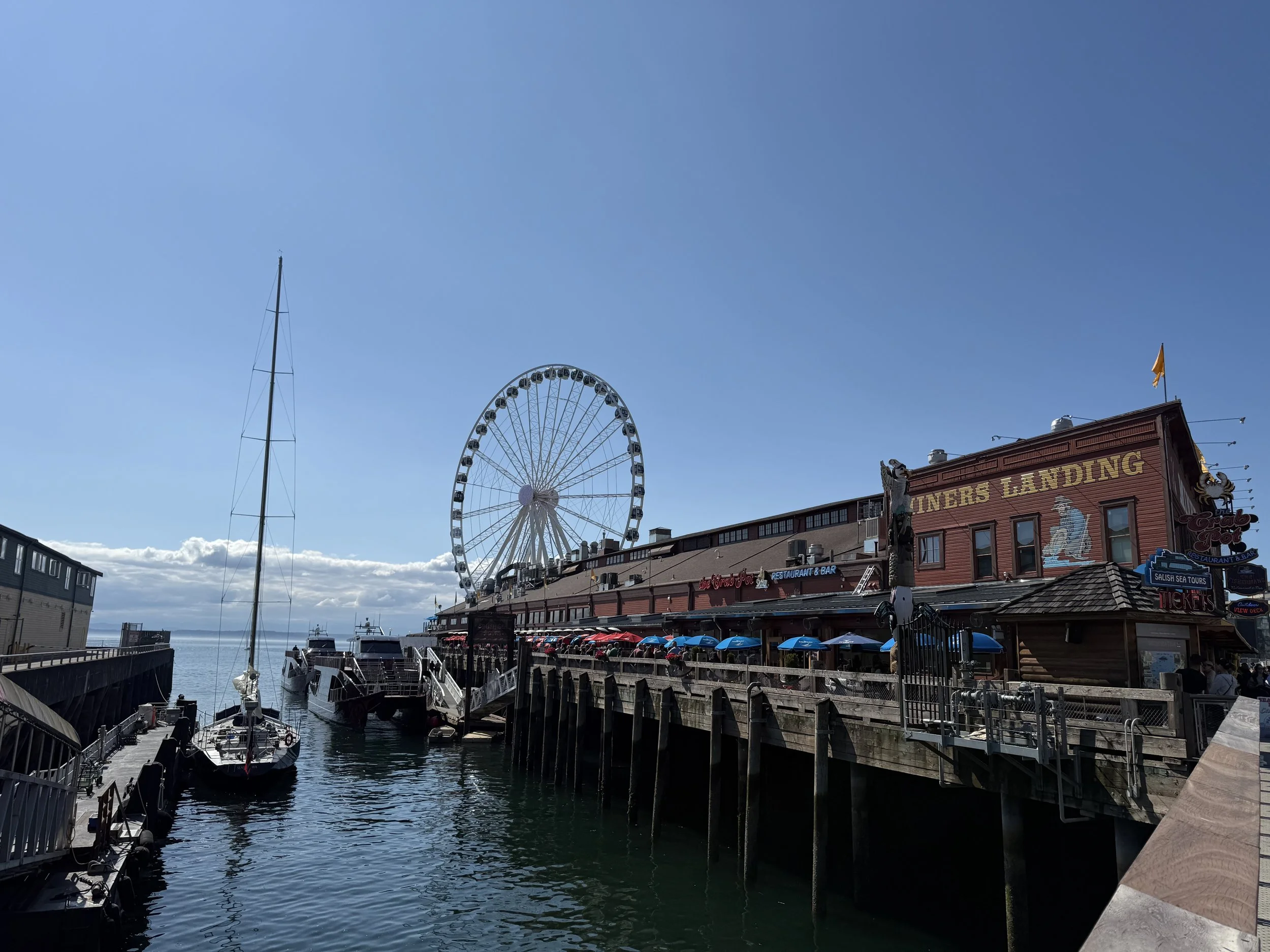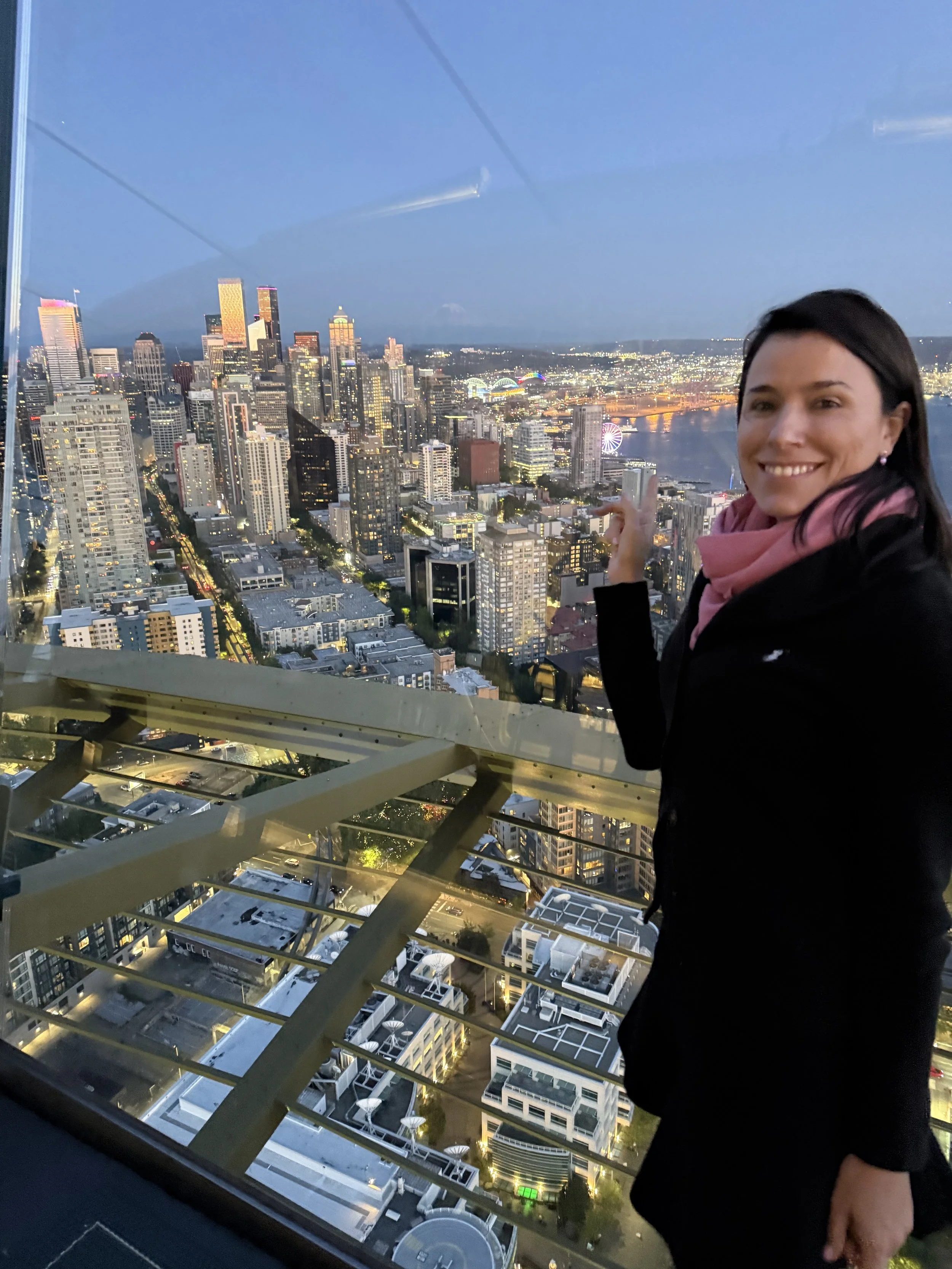Seattle
American West's splendid cityIt is the main metropolis in the northwestern United States, named after Si'ahl, an Aboriginal leader from the mid-19th century. Originally a major timber hub, it is the birthplace of Boeing, Amazon, Starbucks, the online travel agency Expedia, and Nordstrom department stores.
It is also the gateway for cruises and flights to Alaska.
Few “non-capital” cities have given the world so much musical history. Jimi Hendrix was born here, as was the great 1980s band Heart, and grunge with artists of the stature of Nirvana, Pearl Jam, Soundgarden, and Alice in Chains. Other alternative bands such as the Foo Fighters and Fleet Foxes also hail from here. In the romantic segment, the popular Kenny G, and we must mention the famous Seattle Symphony Orchestra.
Thus, with so much cultural and coffee tradition, the first Starbucks opened here. Nowadays, it has a very important technology center and another for medical research. Its postcards with Mount Rainier (actually a volcano) in the background are noteworthy. Very liberal, a Democratic stronghold, with a strong gay community and legal recreational marijuana use.
It is the most expensive city in the US per square meter and has one of the highest costs of living. This has led to an unresolved problem of marginalization. In its downtown area, there is a significant number of homeless people everywhere.
Before landing, thanks to the superb research carried out by Mr. @tripticity_, we had already downloaded the Transit Go app, which allowed us to buy bus tickets directly from our phones.
One thing to note: it can't be used on the elevated monorail. We had also already purchased the CityPASS, which is very convenient for buying tickets to the main attractions at a much better price.
We arrived on a connecting flight from Los Angeles in the early morning, so we decided to stay at a hotel near the airport to get some rest right away.
We chose the Radisson Inn Gateaway because it offered a convenient shuttle, although the hotel is so close to the terminal that a short walk across the Sky Bridge (pedestrian bridge) was also a valid option.
The next day, we had a busy day ahead of us visiting the MoF and the UpTown area.
That morning, before leaving, we bought a Day Pass for $8 each from the Transit Go app. We took the RapidRide (red line) and transferred to Bus 124 to the Museum of Flight.
We arrived as soon as it opened, around 10 a.m., and it was already full of children visiting. It is the largest private aviation museum in the world. It receives about 600,000 visitors per year. It was created by the descendants of William Boeing, a pioneer of commercial aviation, who devoted himself to restoring abandoned antique aircraft.
The must-sees are the Concorde, the Boeing 727, 737, and Jumbo, and the first de Havilland Comet, the famous 1959 commercial aircraft that gave rise to the phrase “jet set.”
In addition, during our visit, we found the temporary exhibition The Mig 21 Project by South African artist and film director Ralph Ziman very interesting.
On leaving, we took a bus to the Hotel Travelodge Seattle Needle Hotel, where we stayed for the next few days.
We walked to the Seattle Center, home of the 1962 World's Fair, with a mandatory stop at a 7-Eleven to grab some pizzas to go, a classic @tripticity_ street food choice.
Another option in the area is Seattle Armory Food, with its many dining options. At Seattle Fudge, we were tempted to try the typical caramel fudge.
We had tickets and a confirmed reservation to visit the Space Needle, but the day was cloudy and drizzly, so we didn't hesitate to ask if we could change them for another day, when the forecast predicted a little more sun.
They changed them for us without any problem, which confirmed the maxim that you should always try, even for things you think won't happen.
We also had a reservation for that same day to visit Chihuly Garden and Glass, which was included in the CityPASS.
It's a mix of art gallery and botanical garden with works by local artist Dale Chihuly, a master of glassblowing, a technique that creates bubbles within molten glass. Not to be missed.
Nearby is the Museum of Pop, another city highlight, which we also accessed with the CityPASS. In this case, advance reservations were not required.
It is a museum of contemporary culture founded by Paul Allen, co-founder of Microsoft. The architect in charge of such a large structure was Frank Gehry. It contains an exhibition of digital art, interactive experimentation, science fiction, exhibits on Nirvana and Hendrix, a cinema (Star Trek), video games, etc.
Mindful of the changes in plans caused by the weather, we decided to visit the famous Starbucks Reserve.
On the way, we stopped by Nordstrom for some quick shopping, then went to admire The Spheres, On the way, we stopped by Nordstrom for some quick shopping, then went to admire The Spheres, a complex that Jeff Bezos built for Amazon employees. It has a variety of plants from all over the world, especially the Amazon.
Very close by is a giant sequoia, a tree native to North America that is both giant and long-lived: they can reach up to 120 meters in height and live for 1,200 years.
Finally, we took a bus to Starbuck Reserve which does not allow reservations, and all the blogs said there was an almost hour-long wait to get in. Although that didn't happen, the wait for the bar was impossible. We wanted to try the creative coffee cocktails on the menu. But the wait was endless, and the inexperienced waiters' attitude made us want to give up.
Unlike traditional stores, Reserve only sells the best varieties of each vintage in prominent locations with a 1950s industrial theme. They offer Italian cuisine, coffee literature, and, of course, roast and process select beans in full view. Currently, there are only six in the world: Seattle, Chicago, New York, Milan, Shanghai, and Tokyo.
The next day, we took a free shuttle with stops at the city's tourist attractions.
We got off at Waterfront, to walk up to Pike Place Market.
Since 1907, it has been one of the oldest active markets in the US. On the other side, Pike Street is one of the most dangerous areas in the US, with drug dealing and marginalization.
There you will also find the Gum Wall, an alley that was covered with chewed gum in the 1990s.
Right in front of the market is the iconic Starbucks and an endless line of people waiting to order coffee. Starbucks was founded in 1971, not as a coffee shop but as a supplier of coffee beans to the many bars that fueled the city's cultural energy. It wasn't until 1986, thanks to an investor, that it opened its first store, now demolished, so people line up for coffee thinking it's the first one.
A block away, on Post Alley, we stopped at Perennial Tea Room, a very nice tea shop.
Around noon, we entered the Aquarium, cwith our City Pass tickets, which we had reserved in advance. We started at the Pier 59 Entrance, which connects to Pier 60.
On the way out, we strolled along the Waterfront, with its famous antique shops, and stopped for lunch at Skalka. a restaurant serving Georgian dishes. We tried the Adjaruli Khachapuri, which was delicious.
Then we took a bus to the Polar Bar, located inside The Arctic Hotel, built in 1916, to take advantage of happy hour from 3 to 5 pm. Captains, whaling ship sailors, and gold prospectors used to go there to drink. We knew we had to ask in the lobby or at the bar if it was possible to go to the Northern Lights Ballroom on the second floor. And so we did. Our waiter kindly took us to see the iconic ballroom.
We returned to the Waterfront to visit the Ocean Pavillion, lthe modern part of the Aquarium, which contains marine exhibits from the Pacific Northwest.
That day we also had a reservation for a short cruise around the city's coastline.
It's called Pier 55 Argosy Harbor Cruise. We chose the 7:20 p.m. departure. It's highly recommended for getting a panoramic view of the city.
When we got off the boat, it was already getting dark, so the Waterfront began to light up, highlighting the Seattle Great Wheel, the city's giant Ferris wheel.
On the third day, it was time to visit Pioneer Square and Chinatown.
The Pioneer area is a homeless area, so we were careful, especially since it was Saturday.
First, we visited Pioneer Square, Seattle's first neighborhood, dating back to the mid-19th century. A fire ravaged its blocks in 1889, and it was rebuilt in Victorian and Neo-Romanesque styles. There are sculptures, galleries, and restaurants.
Then we headed to Waterfall Garden Park, a peaceful spot with an artificial waterfall designed by Masao Kinoshita. Walking down 1st Ave and taking S Jackson St, we saw some art galleries that stand out in the area and the Klondike Museum, Museo Klondike, which evokes the gold prospectors of the late 19th century in that region.
From there, we headed towards 4th Ave towards Chinatown. - Barrio Chino.
But a note: the International District contains the neighborhoods of Chinatown (first immigrants in the mid-19th century), the Japanese neighborhood of Nihonmachi, and Little Saigon (post-Vietnam War).
In 1882, the government banned Chinese immigration because it was putting locals out of work. After Pearl Harbor, between 1942 and 1945, the government interned Chinese immigrants in camps. Today, Chinatown is made up of the descendants of those who arrived before the ban and maintain their traditions after almost two centuries.
After Pearl Harbor, between 1942 and 1946, Japanese Americans and their descendants were sent to detention centers. Many empty houses were occupied by African immigrants, who came to work in the war industry, houses that ended up becoming jazz clubs.
Remaining from those times is the Panama Hotel & Tea, a hotel built in the heart of the Japanese neighborhood in 1910. It had only single rooms for men who arrived alone. Many left their belongings behind, waiting to return, but 8,500 were never claimed and are now on display. Also preserved is the Maneki restaurant, dating from 1904, which survived post-Pearl Harbor vandalism and Covid.
Of course, we made obligatory stops at tea shops, stores selling oriental sweets, and supermarkets to lose ourselves in their aisles and gondolas, surprising ourselves with the variety of products on offer.
From there, we began an uphill walk to the Central Library, Biblioteca Central. a huge building designed by Dutch architect Rem Koolhas. The whole area is full of homeless people, which creates a feeling of insecurity.
Then we returned to Pike Street and strolled along the waterfront again, as the sunny day invited us to enjoy the walk.
From there, we headed to Olympic Sculpture Park. It is an open, permanent exhibition of the Seattle Art Museum - Museo de Arte de Seattle with good views of the Salish Sea.
And very close by, we visited the Space Needle. It was built for the 1962 World's Fair. It is 184 meters high with 360º views of Seattle, Puget Sound, Mount Rainier, and the Olympic Mountains. The sun was beginning to set, so we decided to enjoy the impressive view while savoring a beer and some hot dogs. On the floor below the observation deck is a bar with a rotating glass floor, “The Loupe.”
The next morning, a super short flight would take us to Victoria, the gateway city to Canada. We took an Uber from the hotel to Pioneer Square, as there is a train that stops at SEATAC. When you get off, you can use the free golf cart service to avoid the walk. Seattle Tacoma Airport - aeropuerto Seattle Tacoma is very busy, so the check-in counters are often overwhelmed. We were fortunate that a girl in charge of Alaska Airlines flights assisted us very quickly, allowing us to enter the pre-boarding lounge and have breakfast while watching the planes take off, a memorable farewell to Seattle.

